Contact sheet
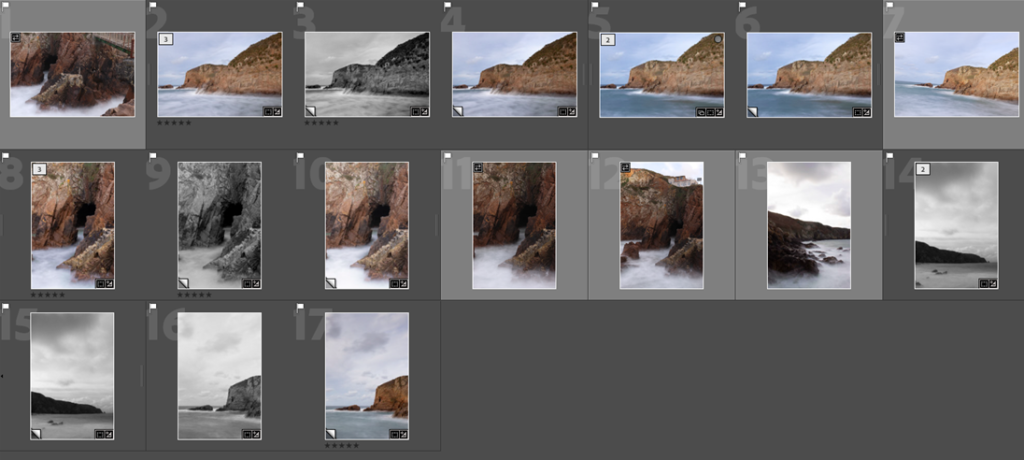
Final images



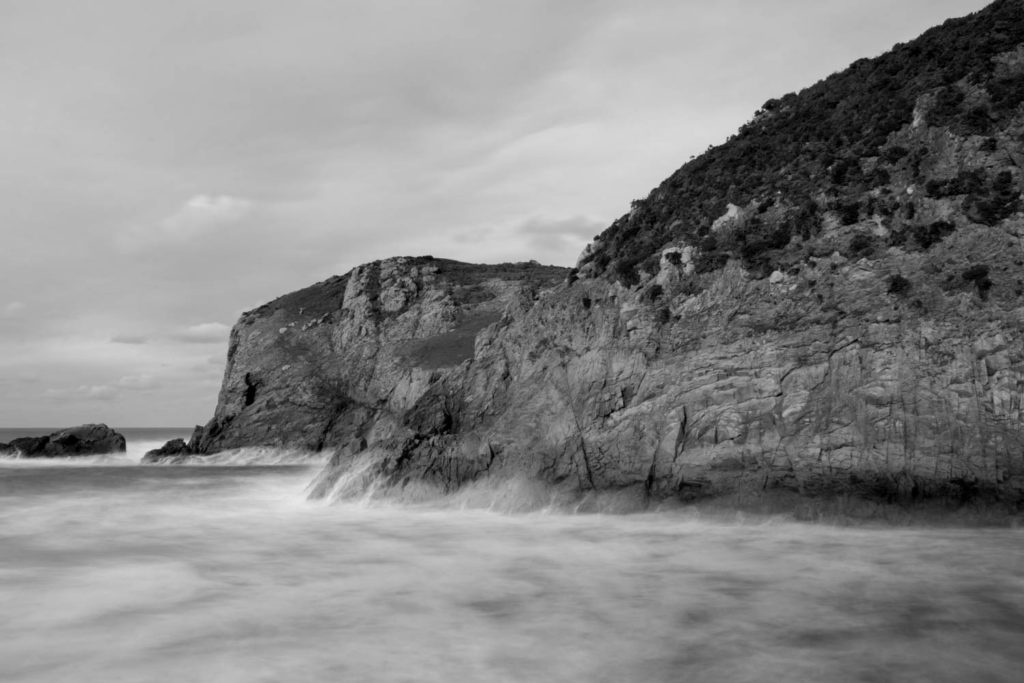
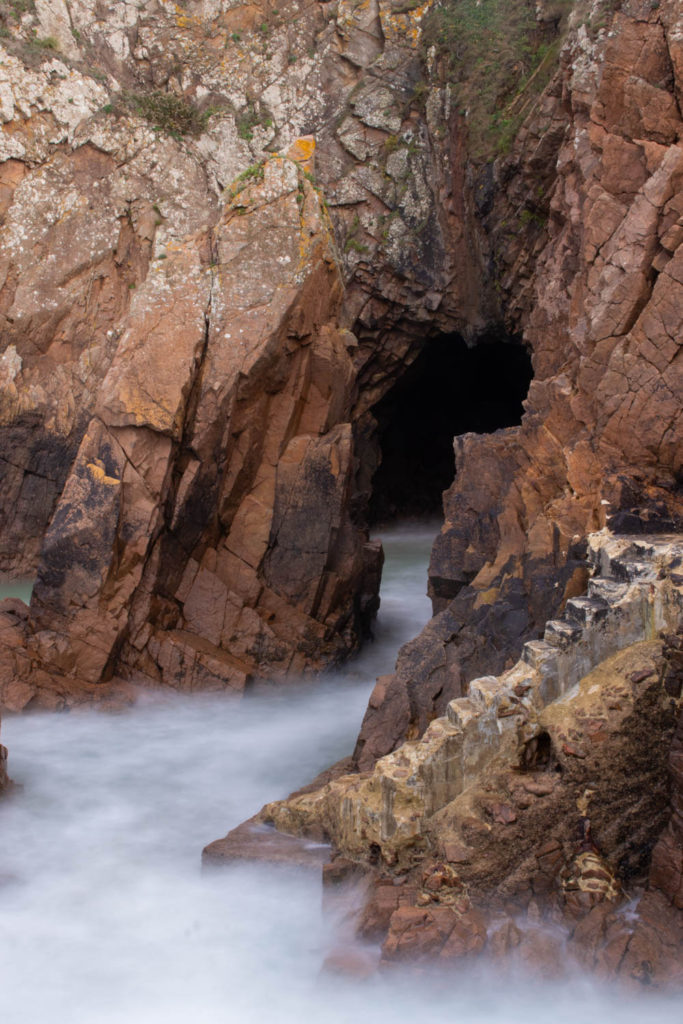

Contact sheet

Final images







Adam Ansel was born in February 20, 1902 and died on April 22, 1984 when world war to came he was to old to fight but he’s known for his amazing photos and for his invention of the zone system. There are 11 zones in Ansel Adams’ system were defined to represent the gradation of all the different tonal values you would see in a black and white print, with zone 5 being middle grey zone 0 being pure black and zone 10 being pure white.

He also received awards for his work such as the Presidential Medal of Freedom and the John Muir award, Guggenheim fellowship for creative arts, Sierra Club John Muir Award, and the Hasselblad award.

Group f/64 On November 15, 1932, at the M. H. de Young Memorial Museum in San Francisco, eleven photographers announced themselves as Group f/64: Ansel Adams, Imogen Cunningham, John Paul Edwards, Preston Holder, Consuelo Kanaga, Alma Lavenson, Sonya Noskowiak, Henry Swift, Willard Van Dyke, Brett Weston, and Edward Weston

Analysis of key image – Monolith, the face of Half Dome, 1927
Ansel Adams set out on April 10th 1927 set out along Yosemite’s LeConte Gully to get a photo of the striking sheer face of Half Dome, one of Yosemite National Park’s most iconic natural features when Ansel Adams was 14 explored this area so he knew where he was going when went on this trip with his future wife and 3 other friends. he took this photo on what they call the diving board and he used a red filter to get the black sky even thought it was taken in the day.
John Constable was an English landscape who was Born in Suffolk, England he is known for revolutionising the genre of landscape “I should paint my own places best”, he wrote to his friend John Fisher in 1821, “painting is but another word for feeling”. Most of John Constables paintings were based around where he grew up” When I sit down to make a sketch from nature, the first thing I try to do is to forget that I have ever seen a picture”.

The painting depicts a rural scene on the River Stour between the English counties of Suffolk and Essex.
The image above is one of his most famous landscape paintings, where John presents a picture of farm life in the 18th century. Towards the left of the painting, The Building was owned by a Constable’s father and was later rented out by a farmer, which was said to have been born in the cottage and only spent a total of four days away from it. Constable’s father owned 90 acres of land surrounding this painting. John grew up in an upper class family who avoided struggle, This is not represented in his paintings as they include people from a working class background who got significantly less money than johns family. The painting “Haywain” alone shows a peaceful day compared to the crisis that was happening around them.
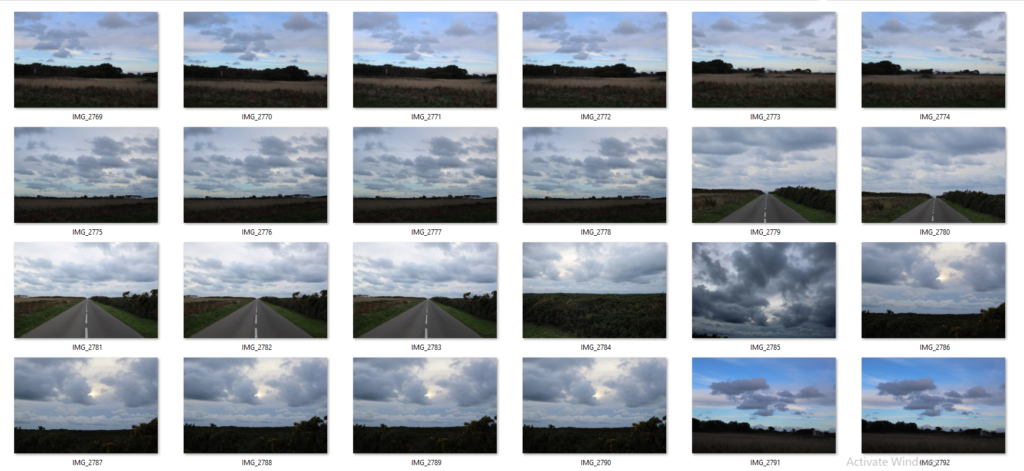

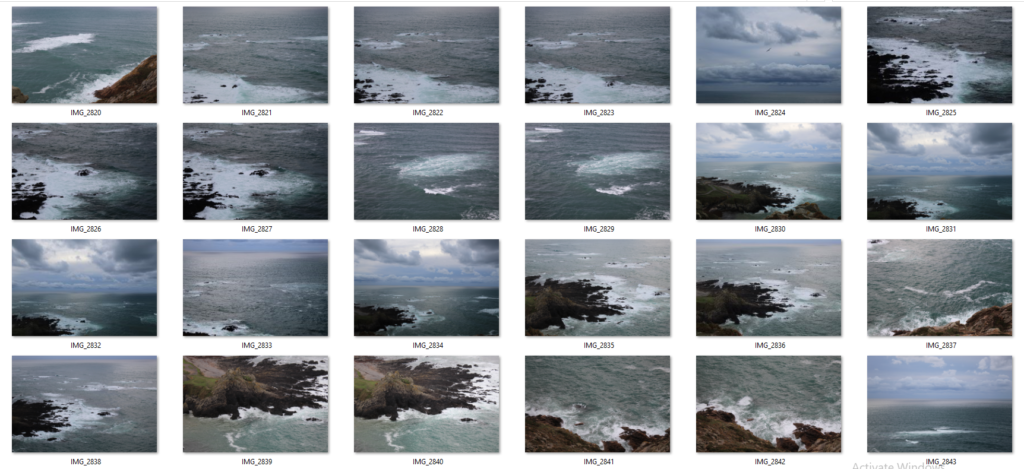



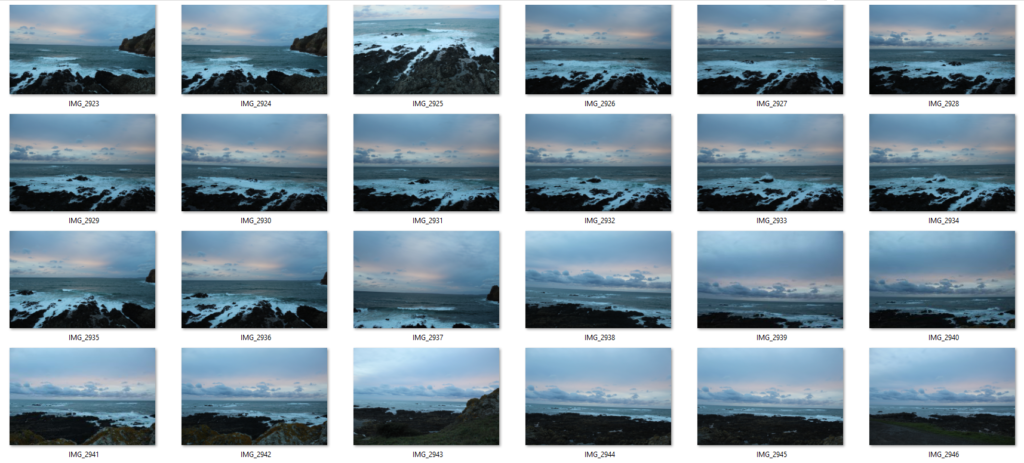
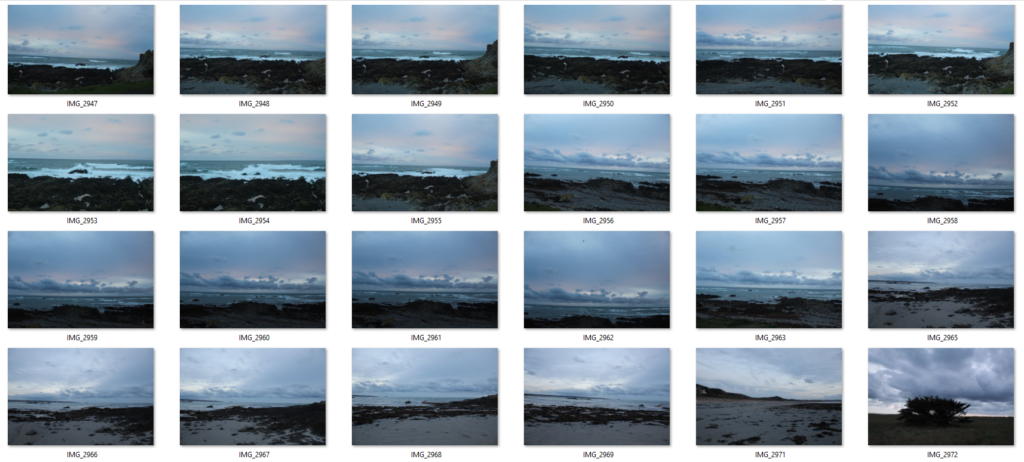
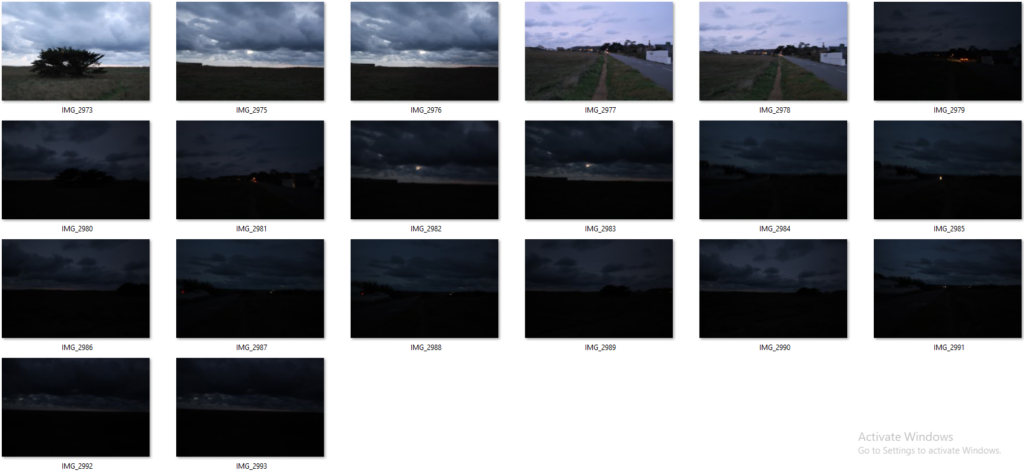
Ansel Adams was a very important photographer, who inspired a lot of photographers around the 1930’s, and the world today. His aim throughout his career was to capture through the lens. You could say that Ansel Adams was one of the most important figures in photography, adapting new ideas, settings, and techniques to his images, which produced inspiring images.
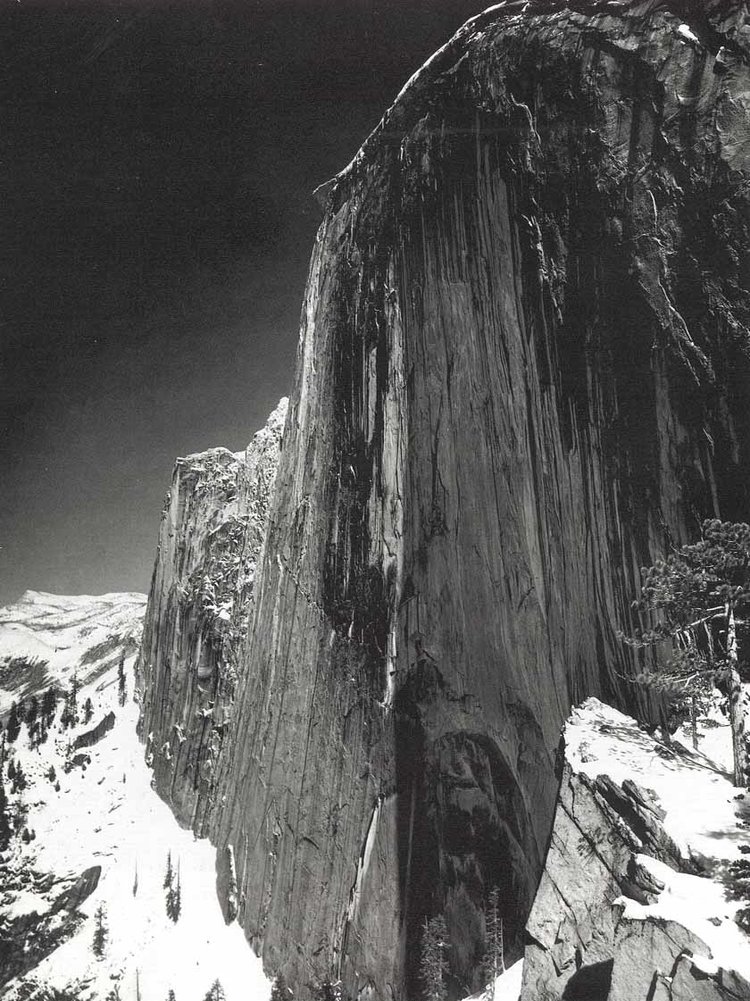
For example this image, called, “the face of half dome”, which is one of his most famous landscape images. What makes this image unique is first the crystallised, smooth look of the image, but also the fact that he used all the tonal ranges of an image in black and white. He took inspiration through nature, and the beauty and delicacy of it, which is most likely why his most famous image is a landscape on a mountain which they climbed (him and his crew). Ansel Adams was very respectable with his images and even the journey on creating them, as he tried to inspire many photographers to capture the beauty of nature, but to also respect it, and not leave equipment anywhere.
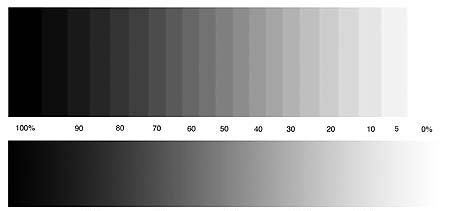
Furthermore Ansel Adams was one of the main influencers of a group called the f/64, who’s main aim within their photographs where to produce a sharp, detailed, pure image. Through his time in professional landscape imagery, him and another called Fred Archer introduced a method called the “Zone System” which is what you see above. This allows photographers “pre-visualise” their images before, while, and after taking the image. This method became very famous as during this time images where only in black and white, and creating an image with all tones, along with all an suitable image, would overall help photographers develop their craft.
Ansel Easton Adams was an American landscape photographer and environmentalist known for his black-and-white images of the American West. He helped found Group f/64, an association of photographers advocating “pure” photography which favoured sharp focus and the use of the full tonal range of a photograph.

Adams’ knowledge of cameras and the science behind them allowed him to visualise his photos before he took them.
Ansel Adams joined the Sierra Club in 1919, an environmental group established to preserve the natural wilderness of the Yosemite Sierra. He spent as much time as he could in the Yosemite Sierra. In years to come, he even became the keeper of the club’s LeConte Memorial Lodge. During the group’s hikes and camping trips, Ansel Adams was able to soak up the sublime wonder of the landscape. It was then that he began his career as a pioneering American photographer. Adams published his first photographs in the club’s 1922 bulletin, and held his first one-man exhibition at the club’s San Francisco headquarters in 1928. In 1934, he became a member of the Sierra club’s board of directors.
“You don’t improve nature. You reveal your impression of nature or natures impact on you.”

In this image Ansel uses the refilter to create a focal point of the rock. The dark sky highlights the snow at the bottom of the image creating contrast in colour. The leading lines in the image go from the bottom of the image to the top, following the lines of the rocks. The grey, black and white tones in the image create an ominous feel, of the mountain towering over him. Using a long shutter speed means that he is able to capture all the light in the image, meaning everything is in focus.
Though Ansel initially made an exposure using a yellow filter, he immediately swapped that for a dark red filter, which darkened the sky and produced the deep shadows and bright light we recognize in the final image. In landscape photography, a red filter will turn a blue sky almost black and make clouds really stand out, giving the scene a dramatic feel. They’re also excellent for increasing visibility in haze and fog.


John Constable RA was an English landscape painter in the Romantic tradition. Born in Suffolk, he is known principally for revolutionising the genre of landscape painting with his pictures of Dedham. Constable is famous for his landscapes, which are mostly of the Suffolk countryside, where he was born and lived. He made many open-air sketches, using these as a basis for his large exhibition paintings, which were worked up in the studio. His early style has many qualities associated with his mature work, including a freshness of light, colour and touch, and reveals the compositional influence of the old masters he had studied, notably of Claude Lorrain. Constable’s usual subjects, scenes of ordinary daily life, were unfashionable in an age that looked for more romantic visions of wild landscapes and ruins.

%2520-%2520(MeisterDrucke-160620).jpg&usqp=CAU)

I travelled to the nearby places as said in my Photoshoot plan and took some really good looking photographs. Mostly featuring the sky, with the sun shining through the clouds which was a very nice touch. I took these photos and edited them in Adobe Lightroom. I edited them by tweaking the exposure, contrast and many other levels to do with lighting, I will only show the edited ones right now as I do not have the disk space to include both versions of each photo.
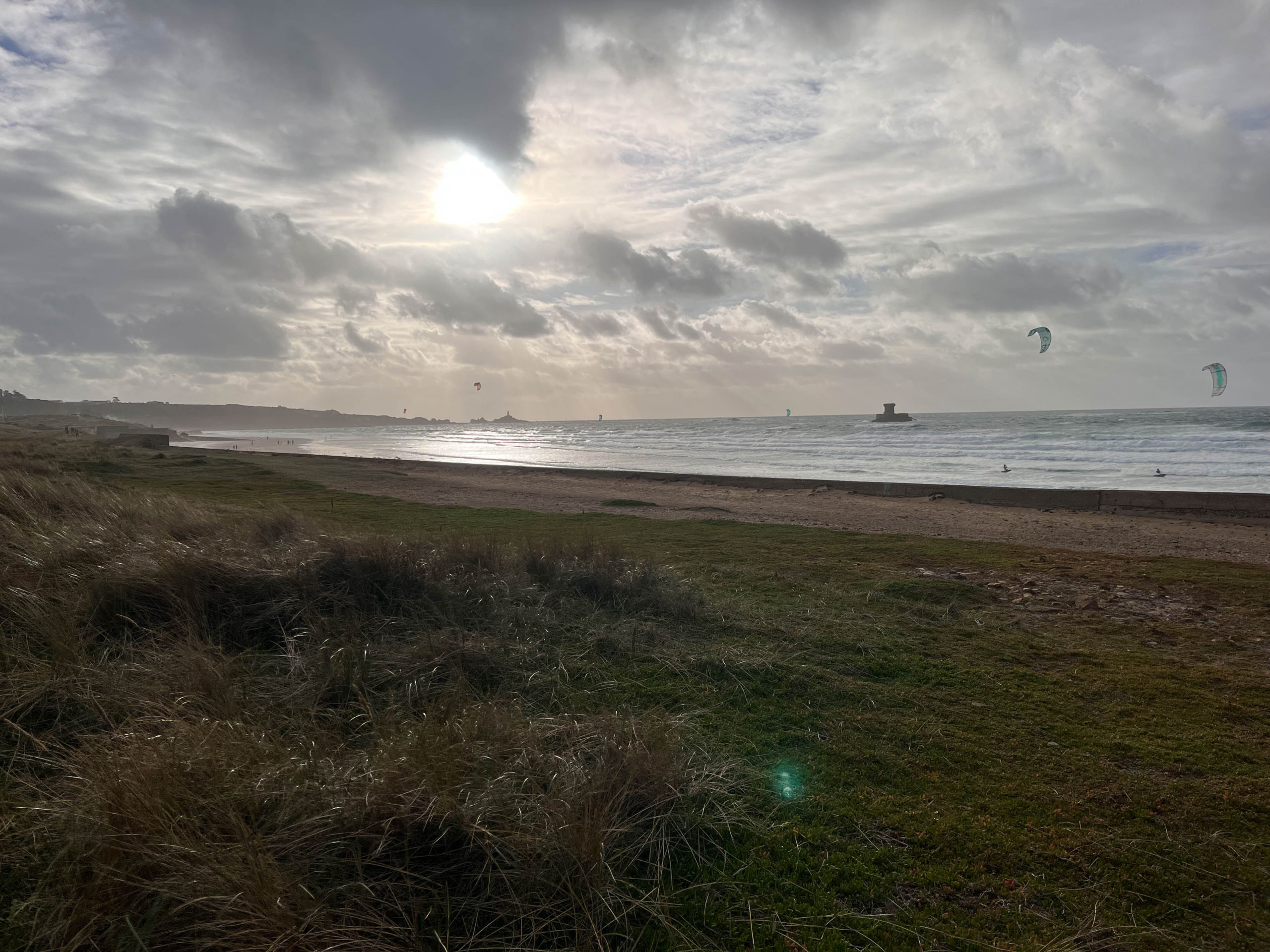
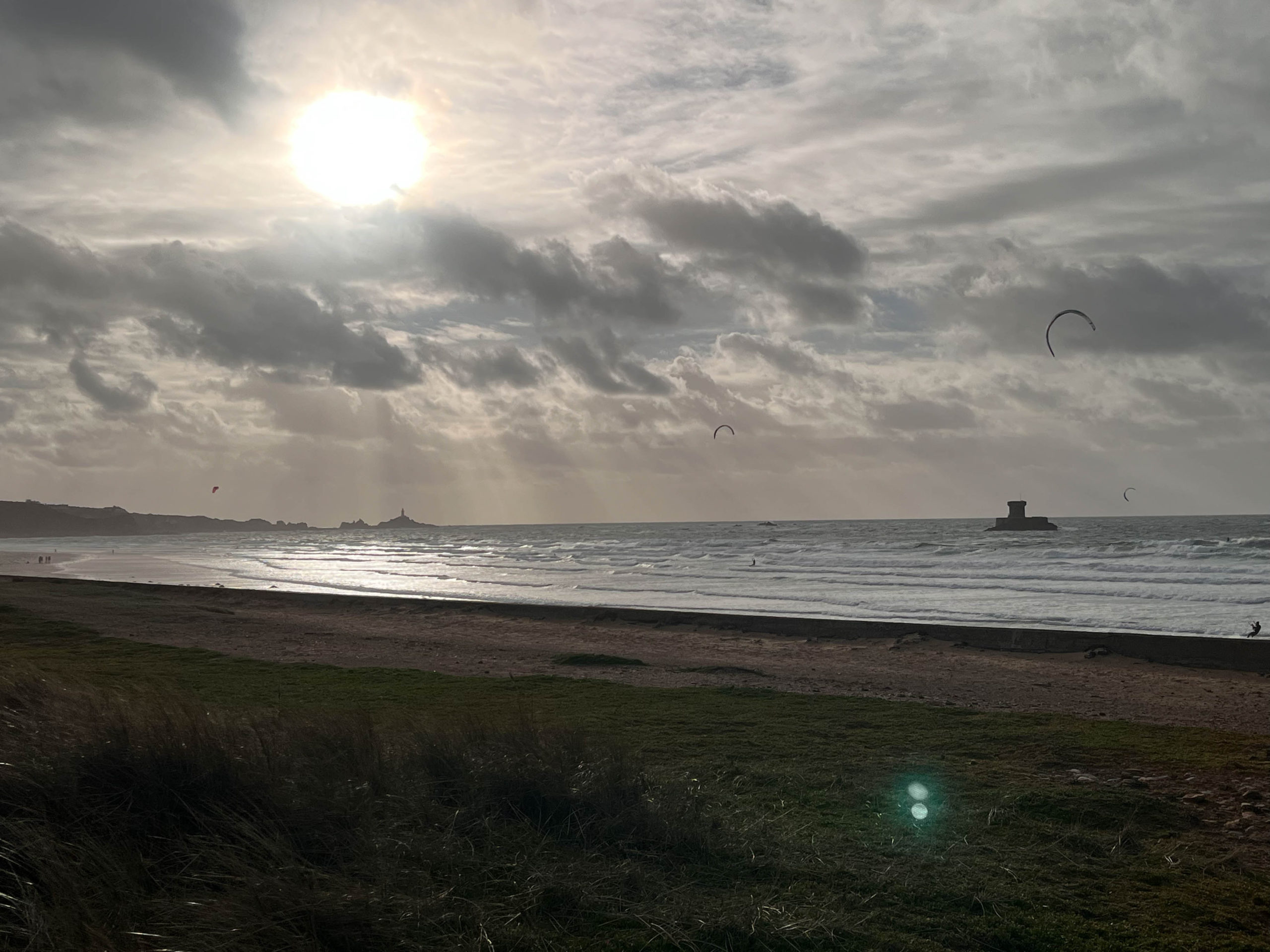
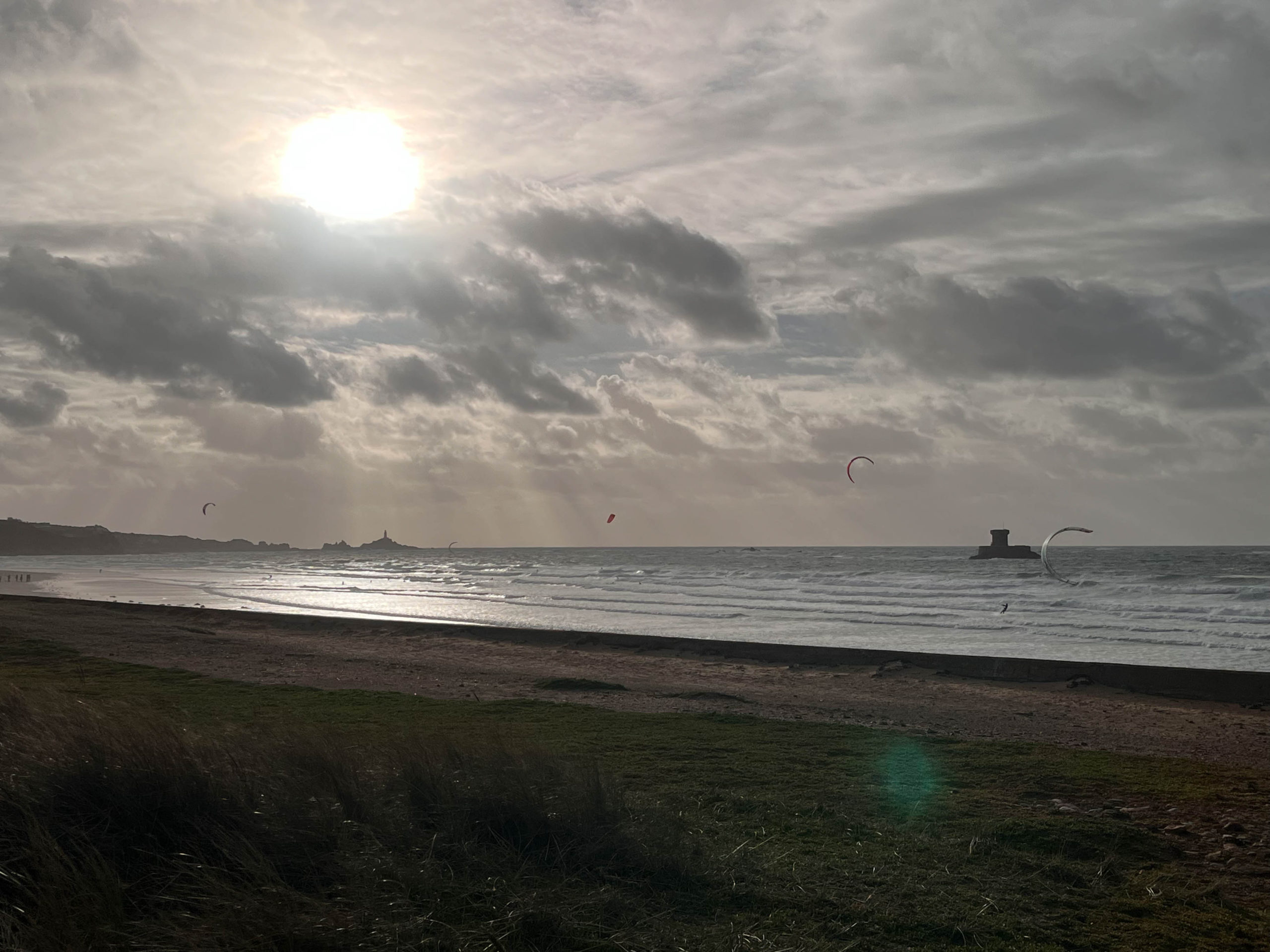
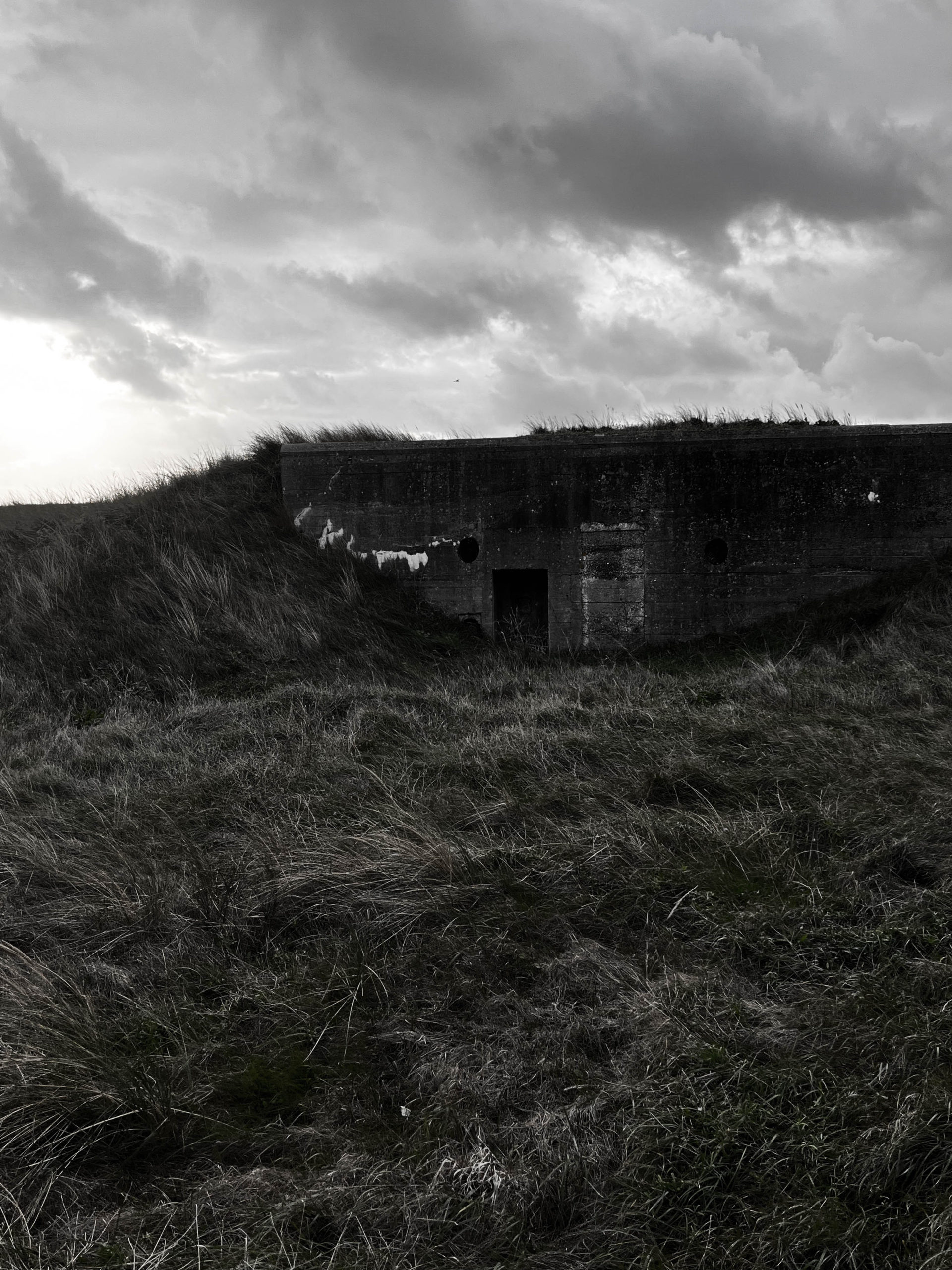
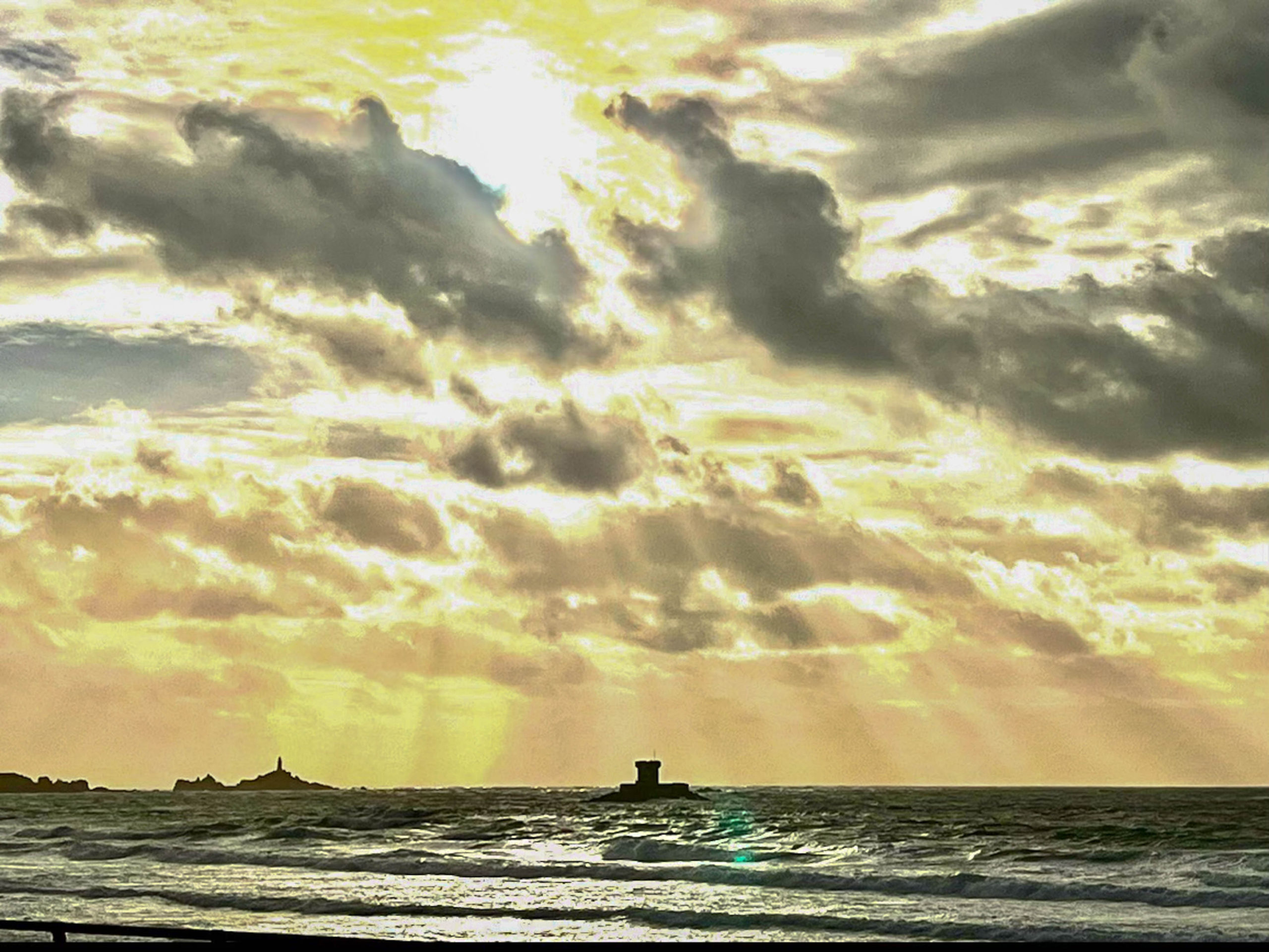

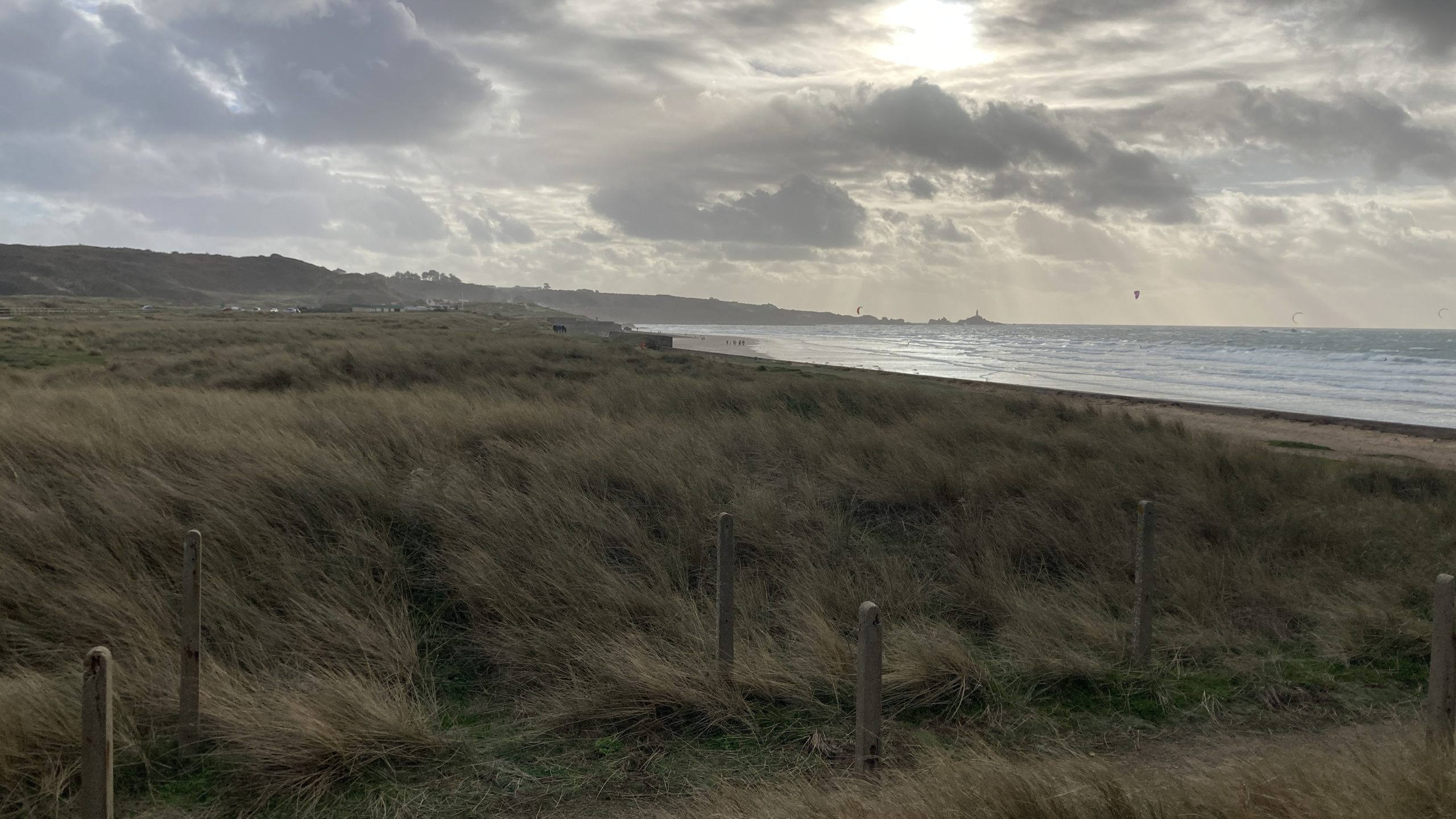
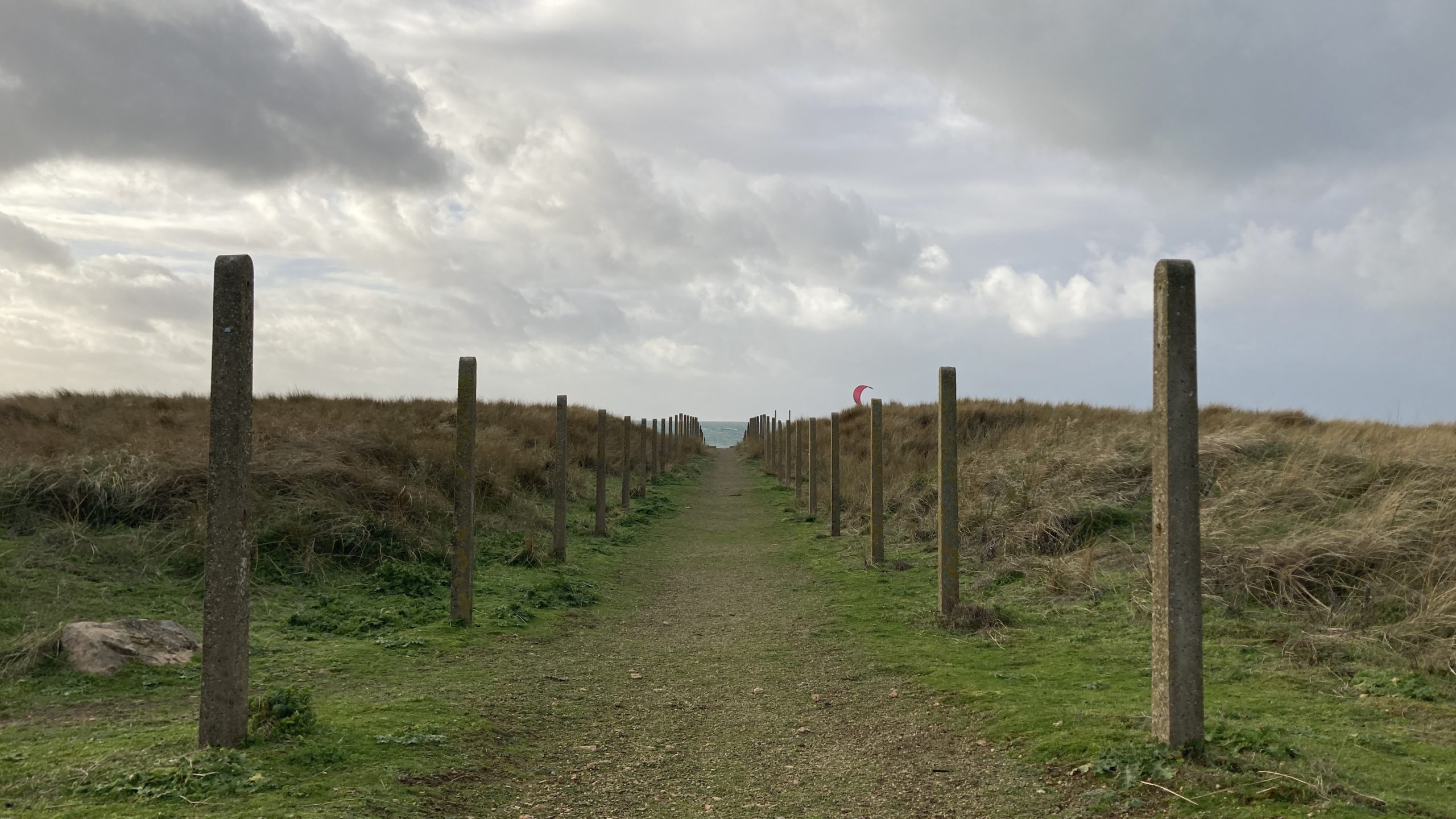


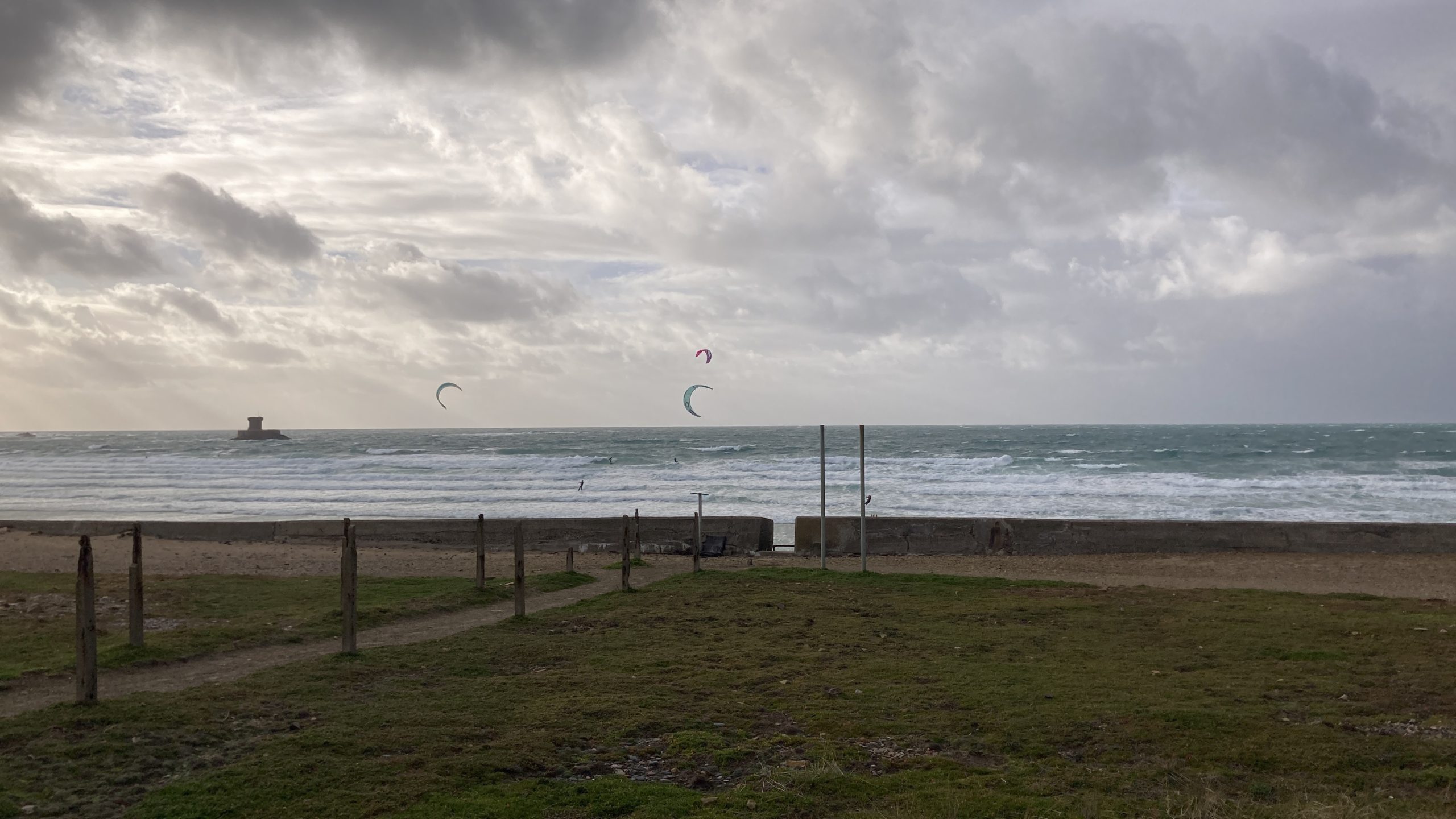
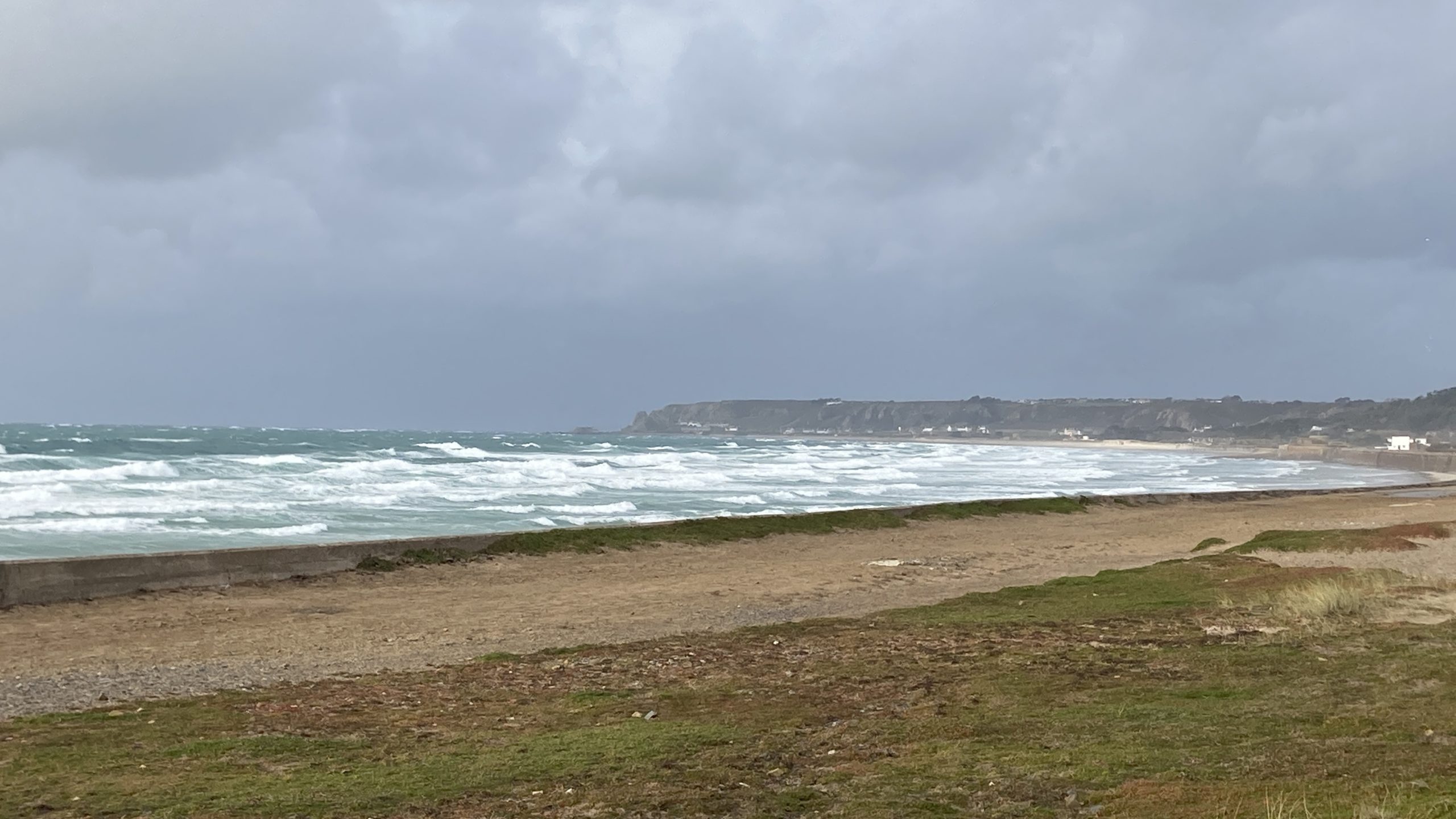
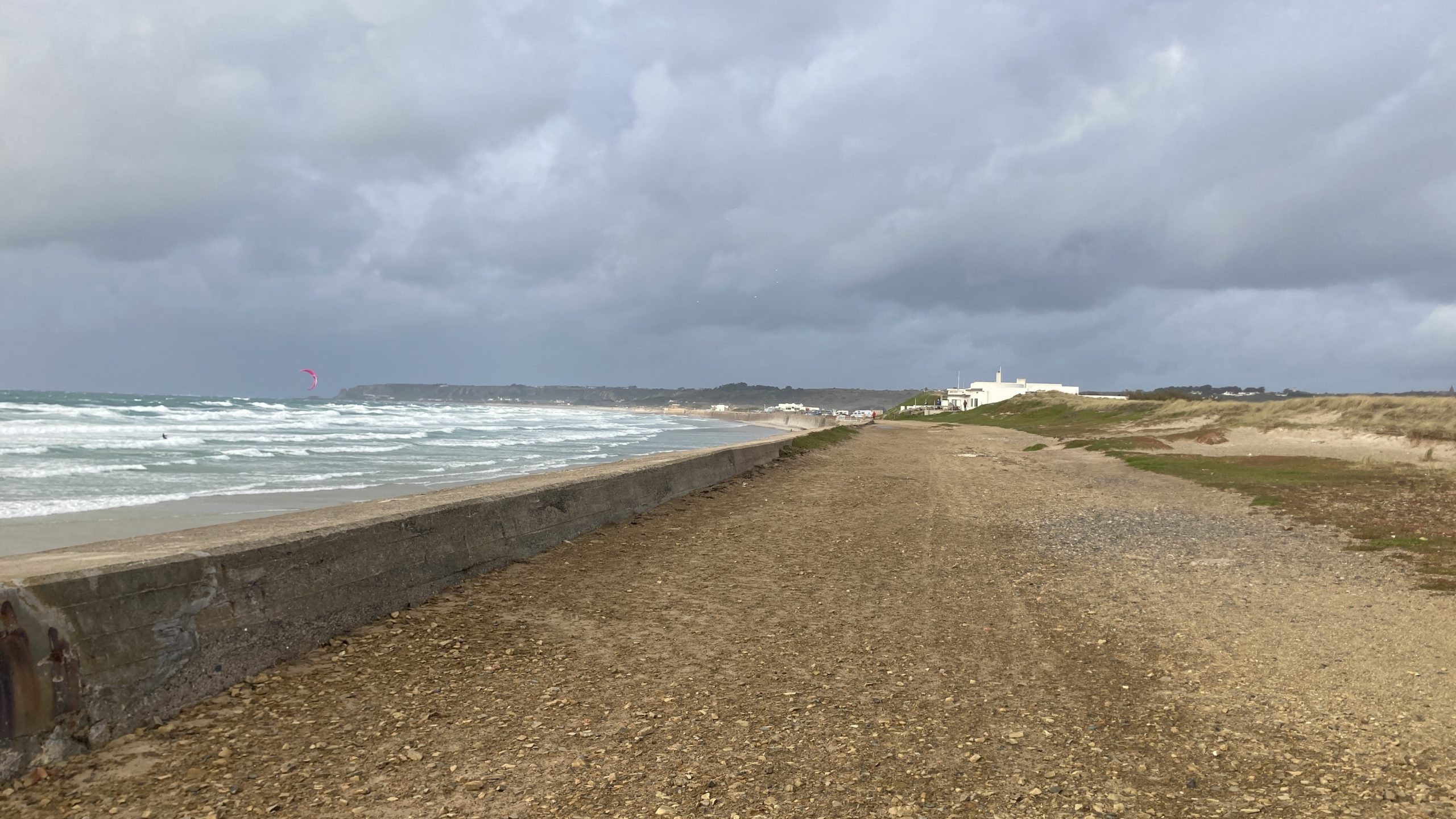

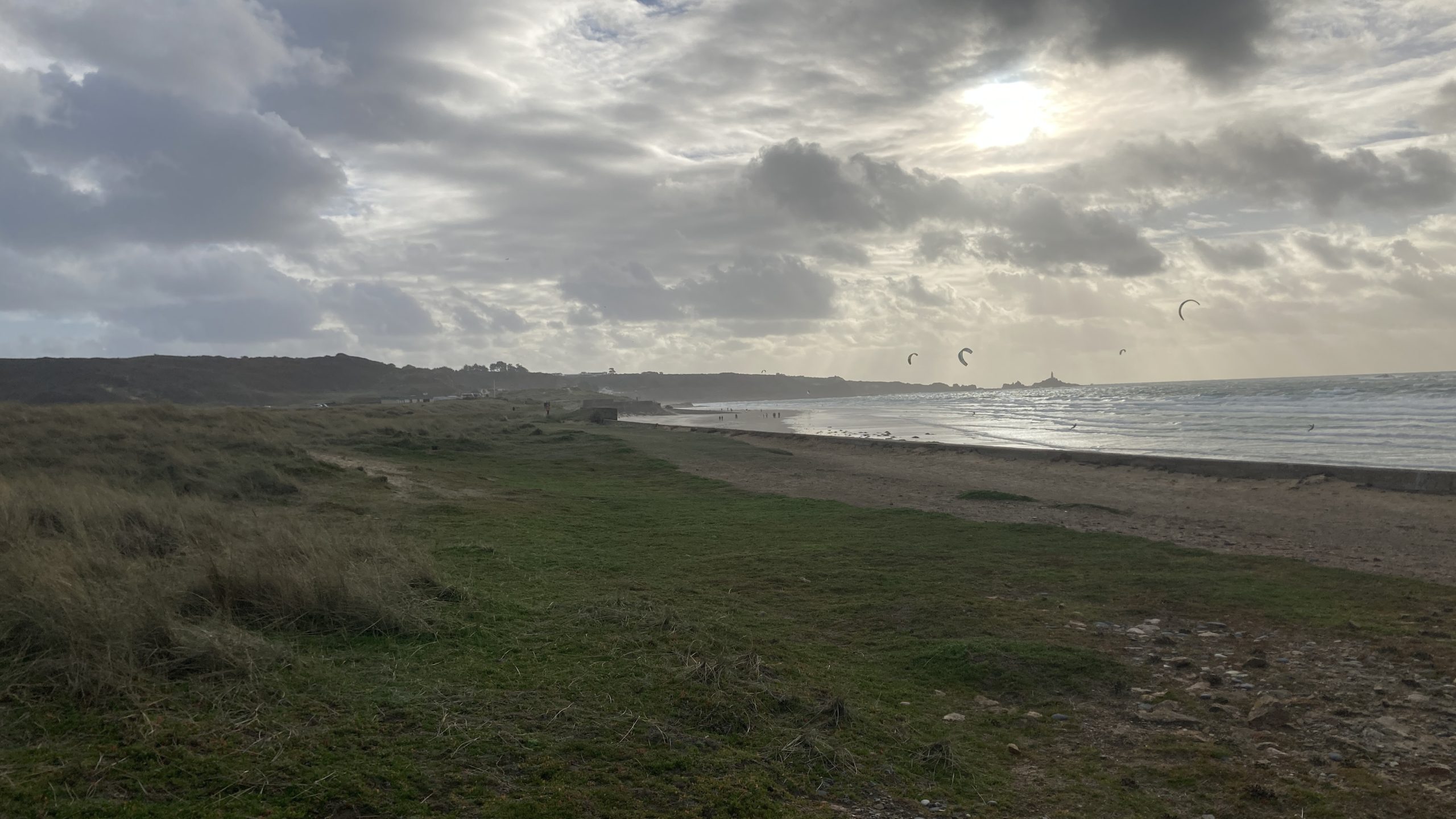

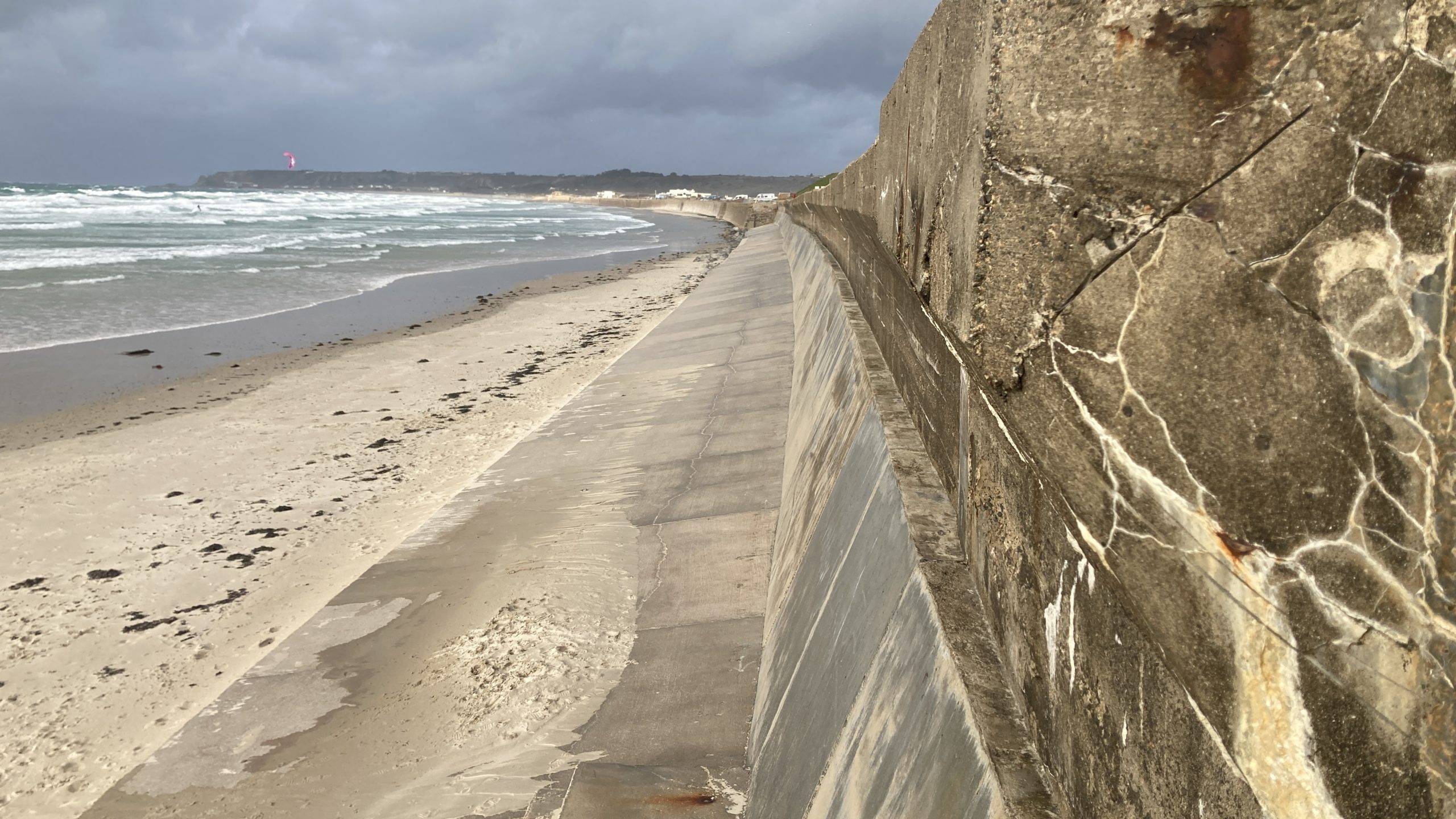
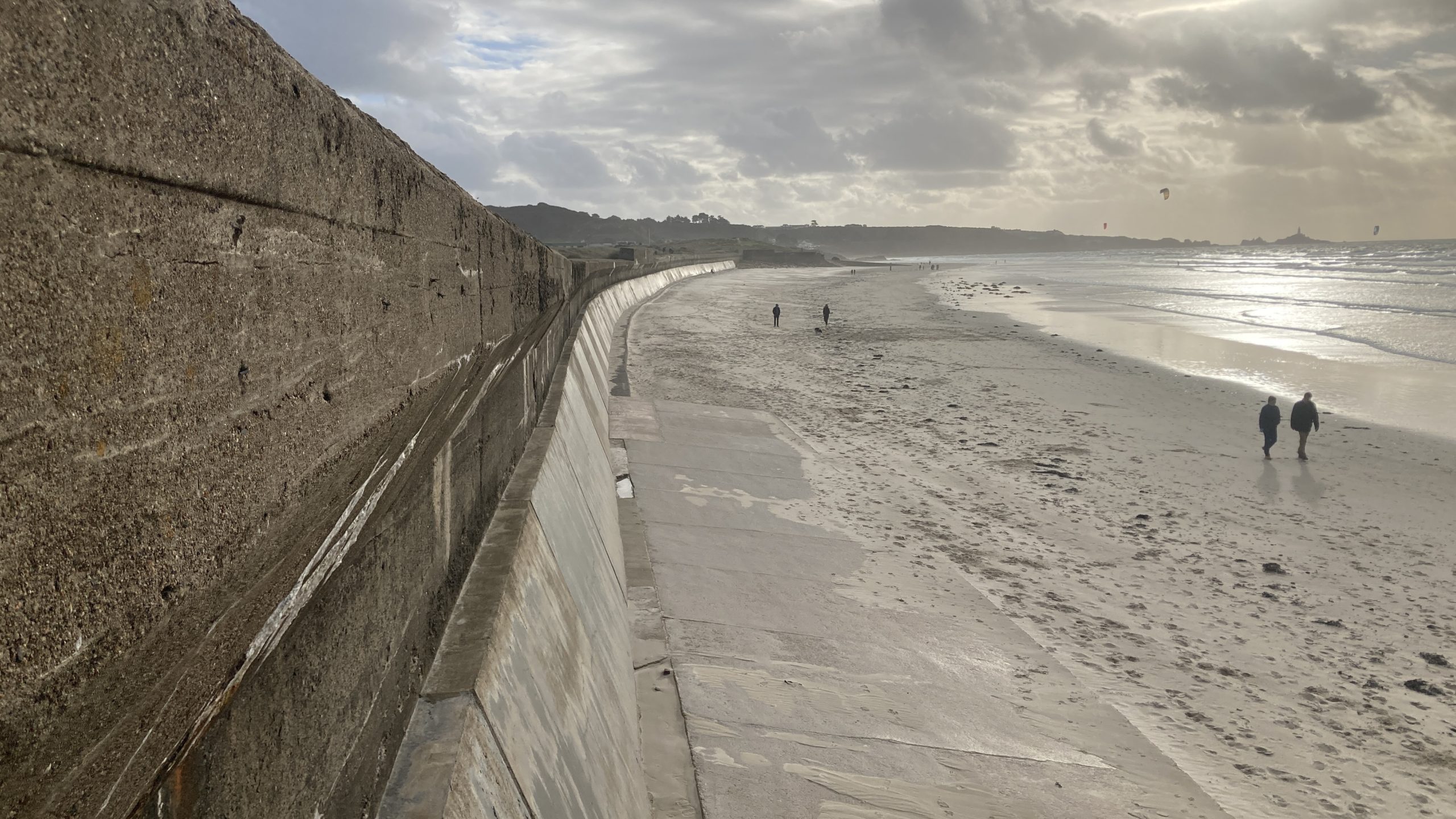

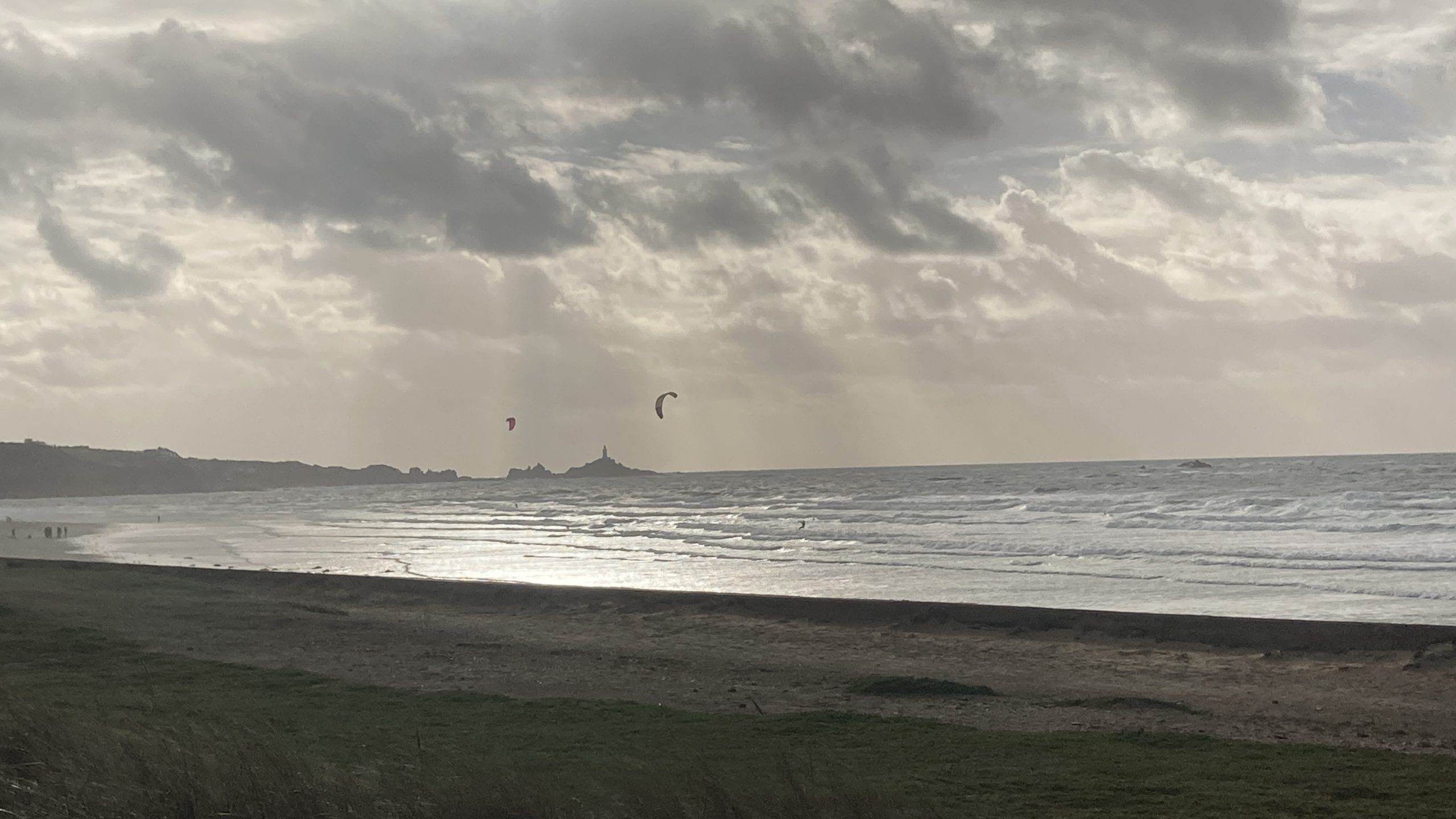


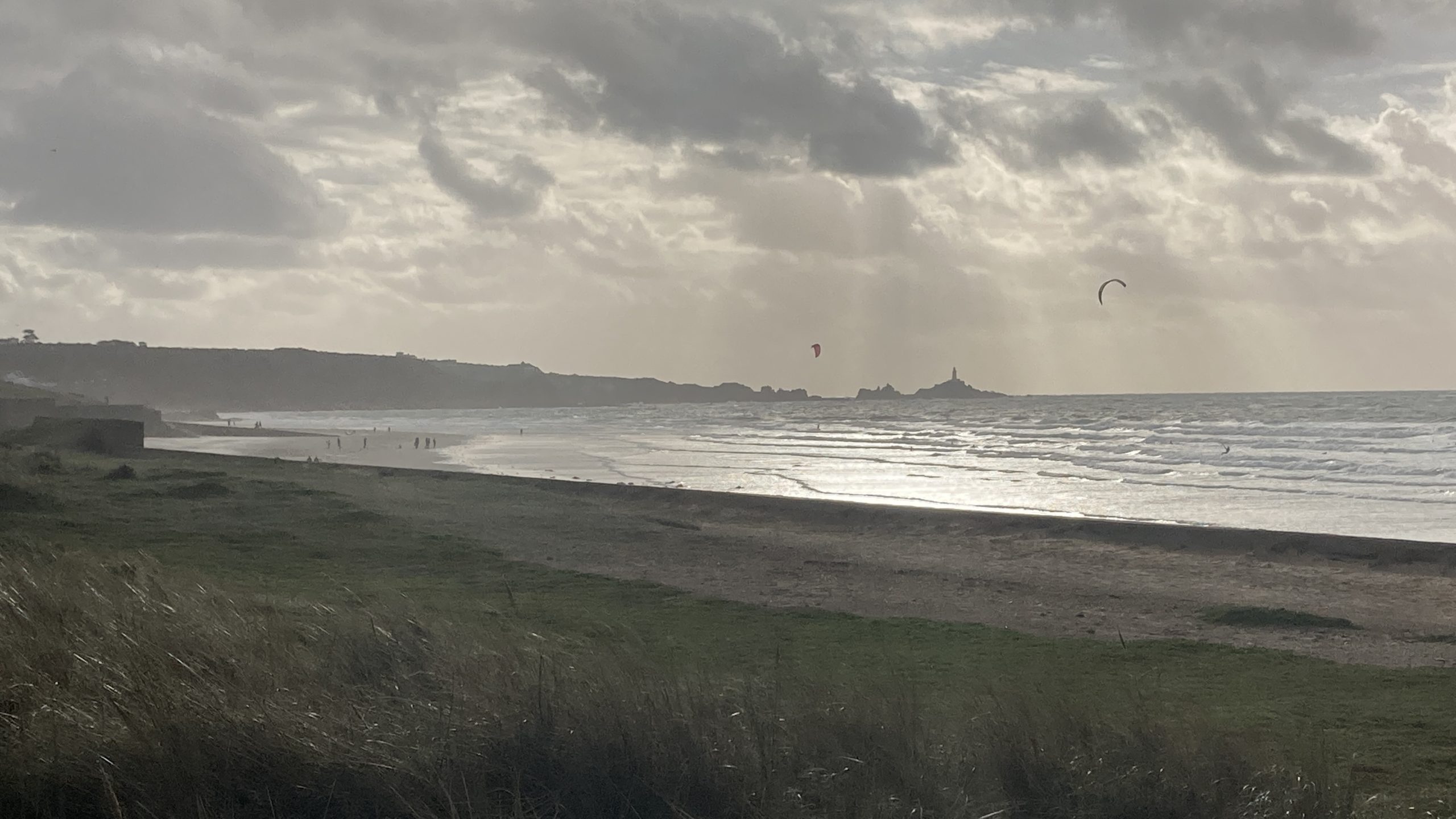
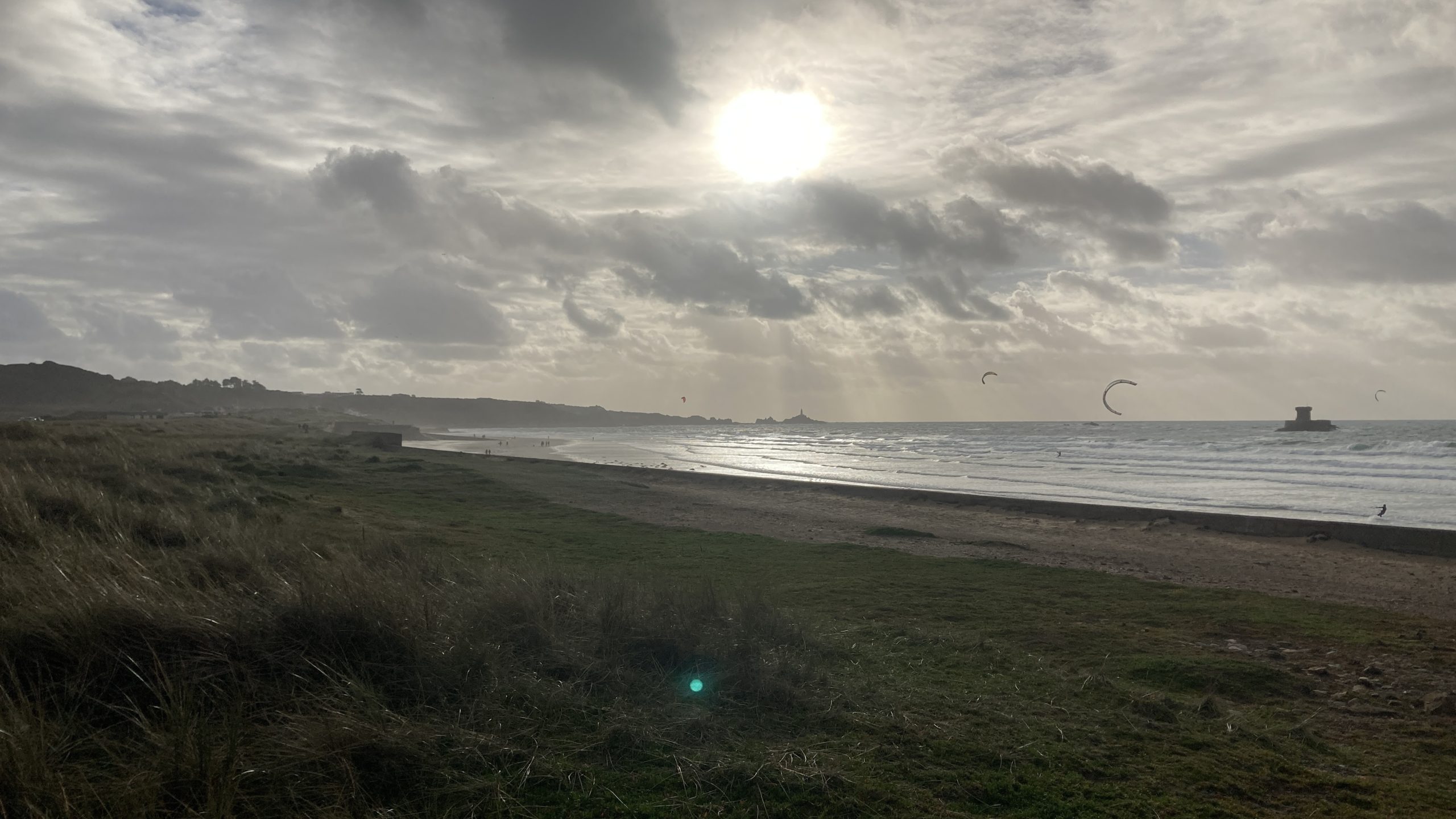
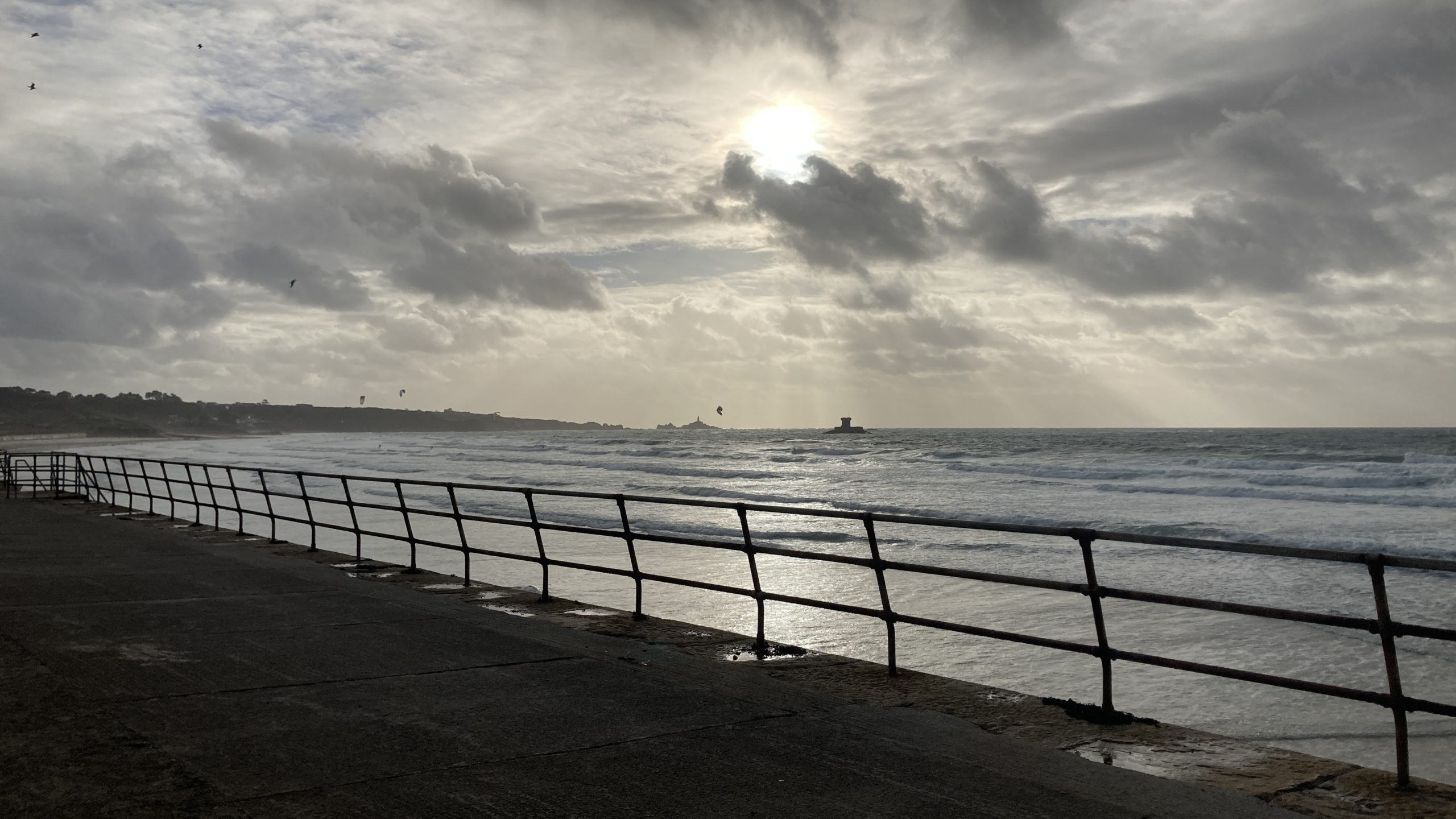
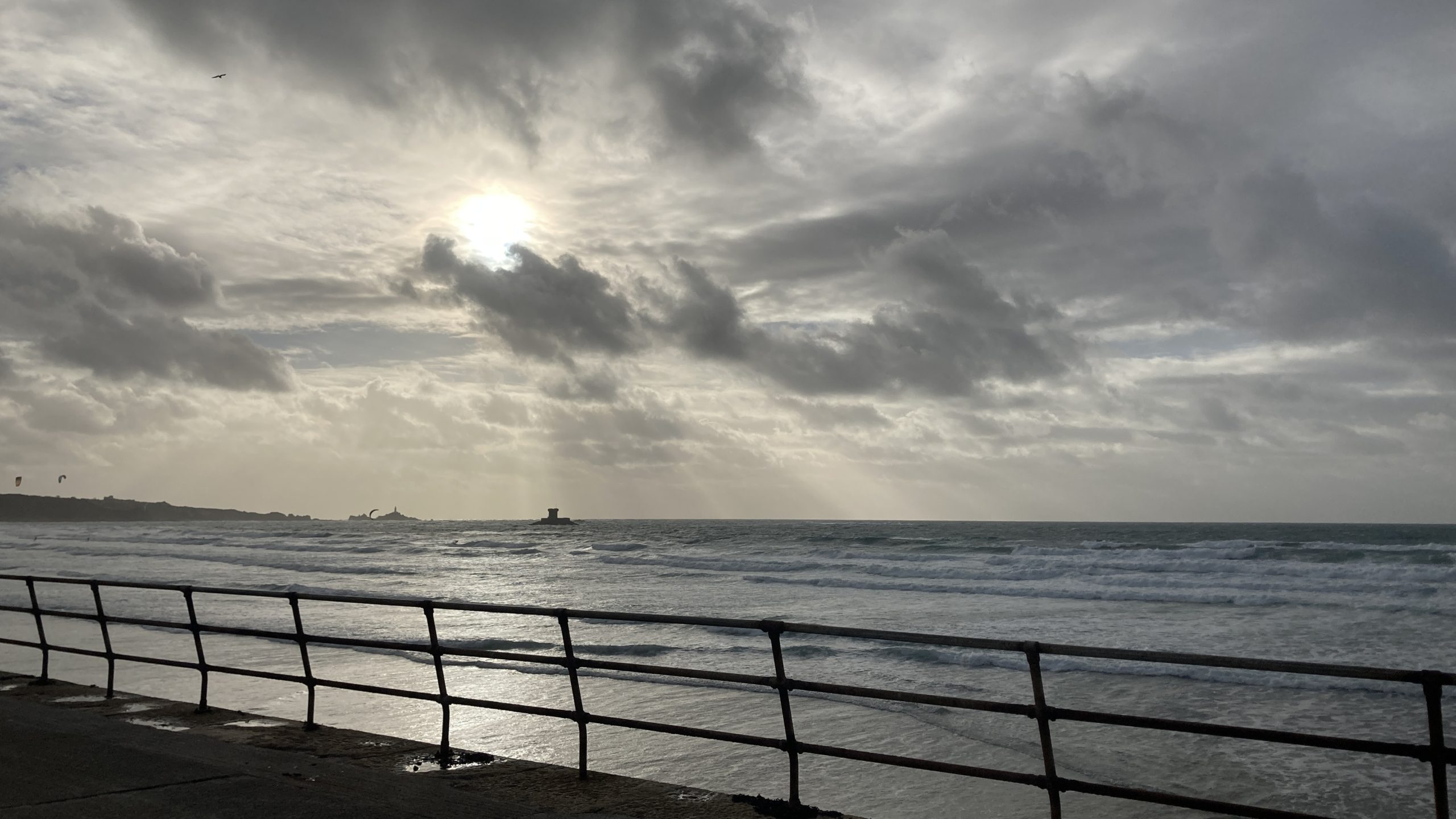
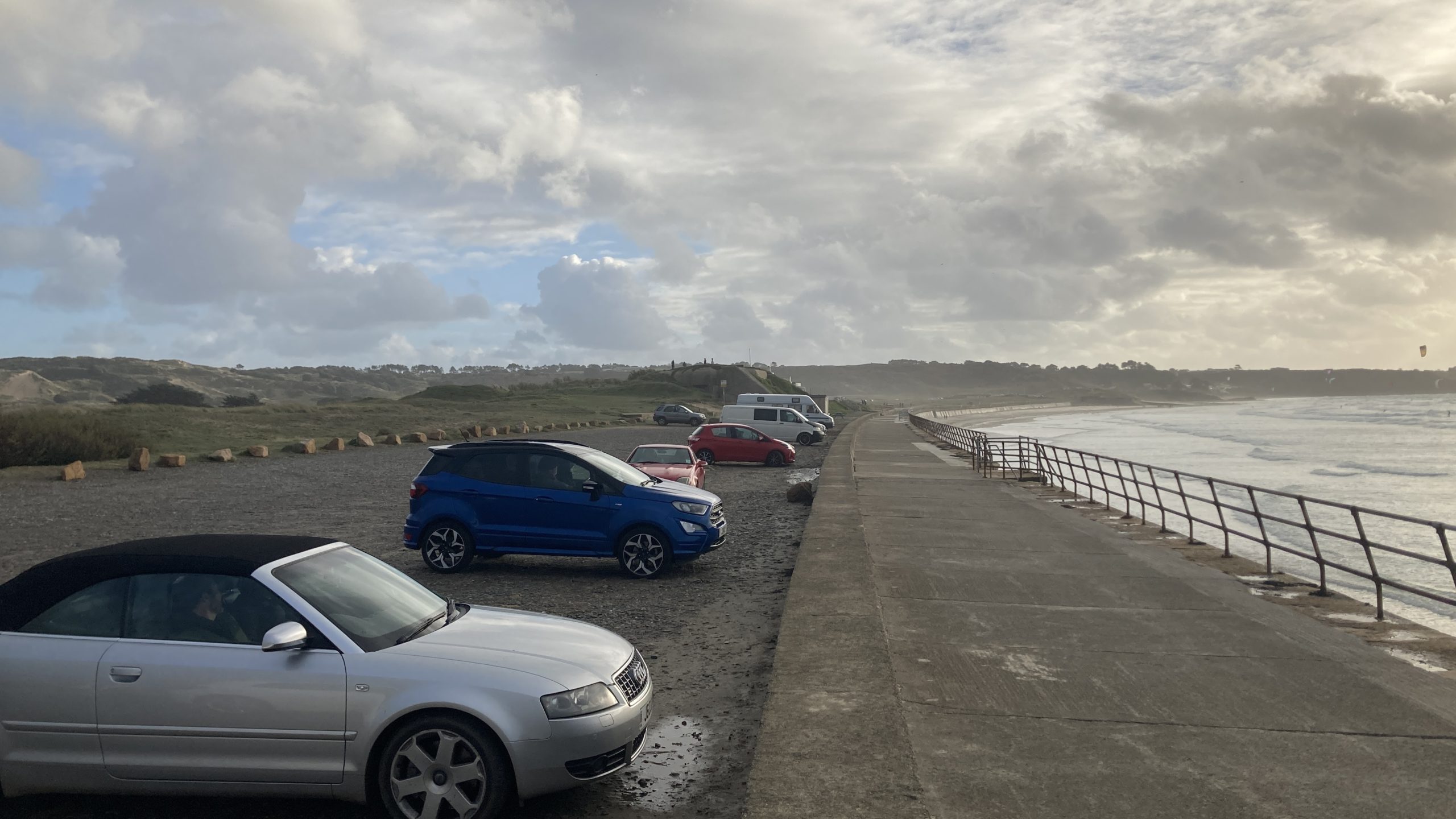
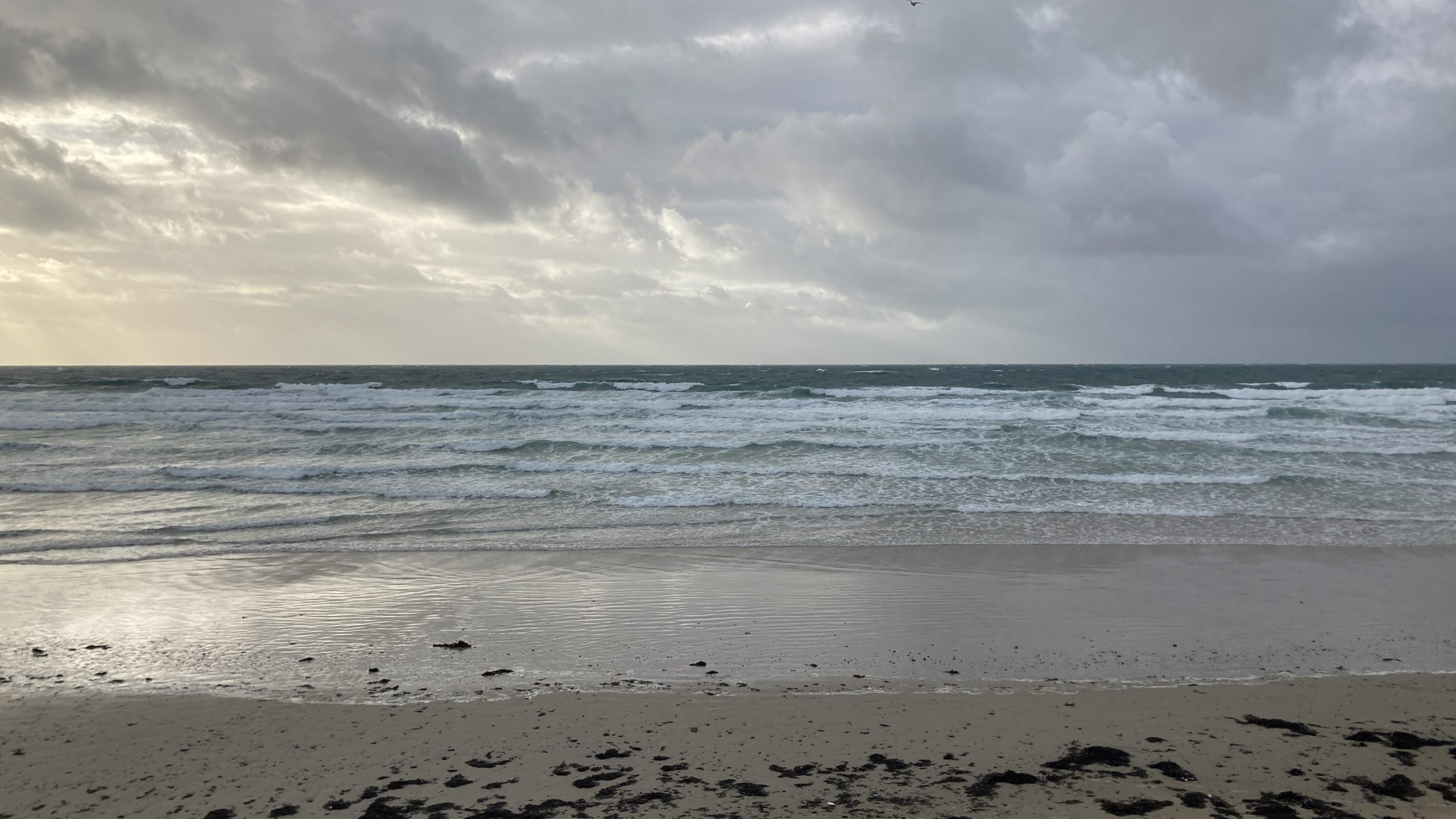
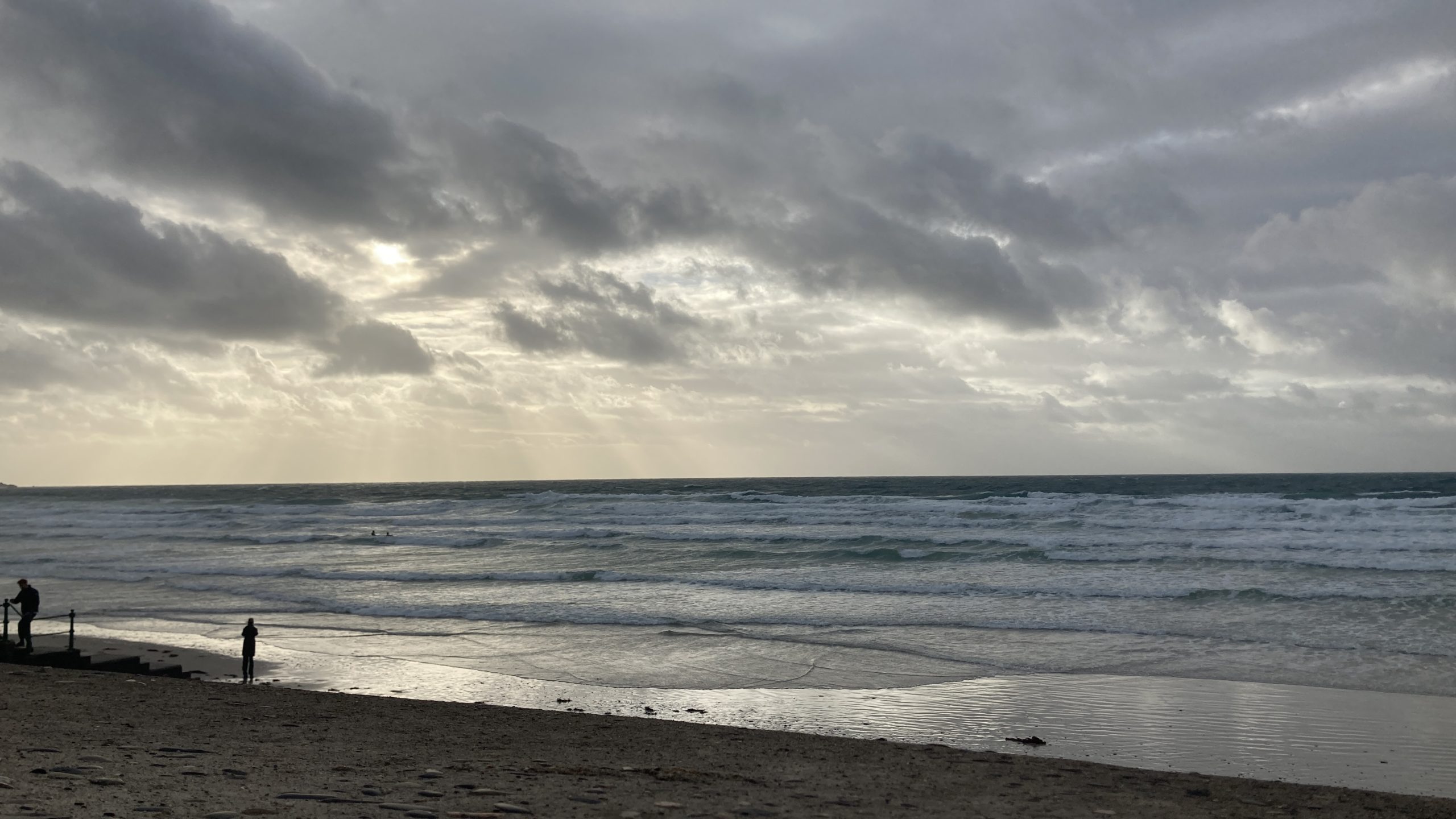

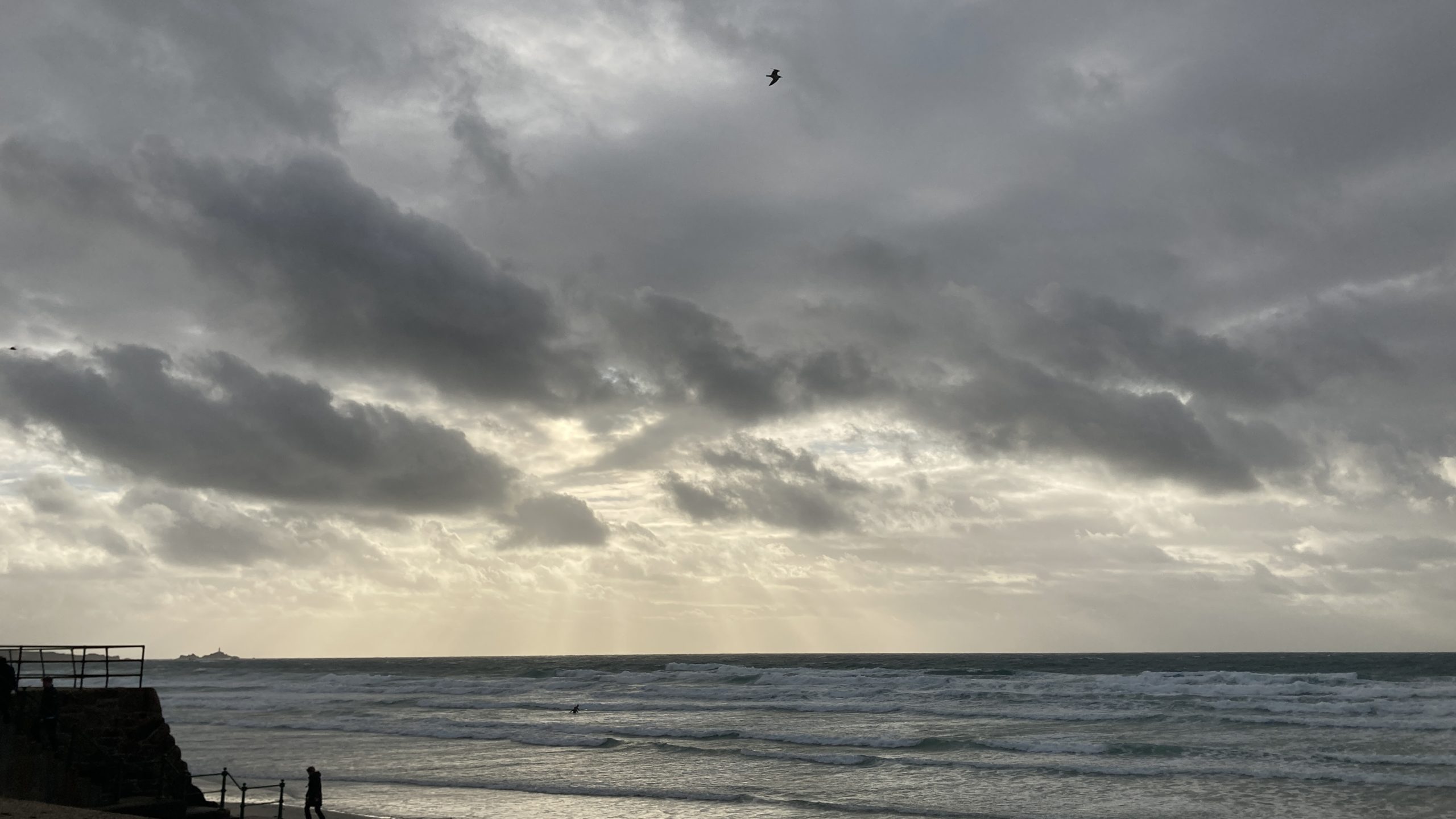

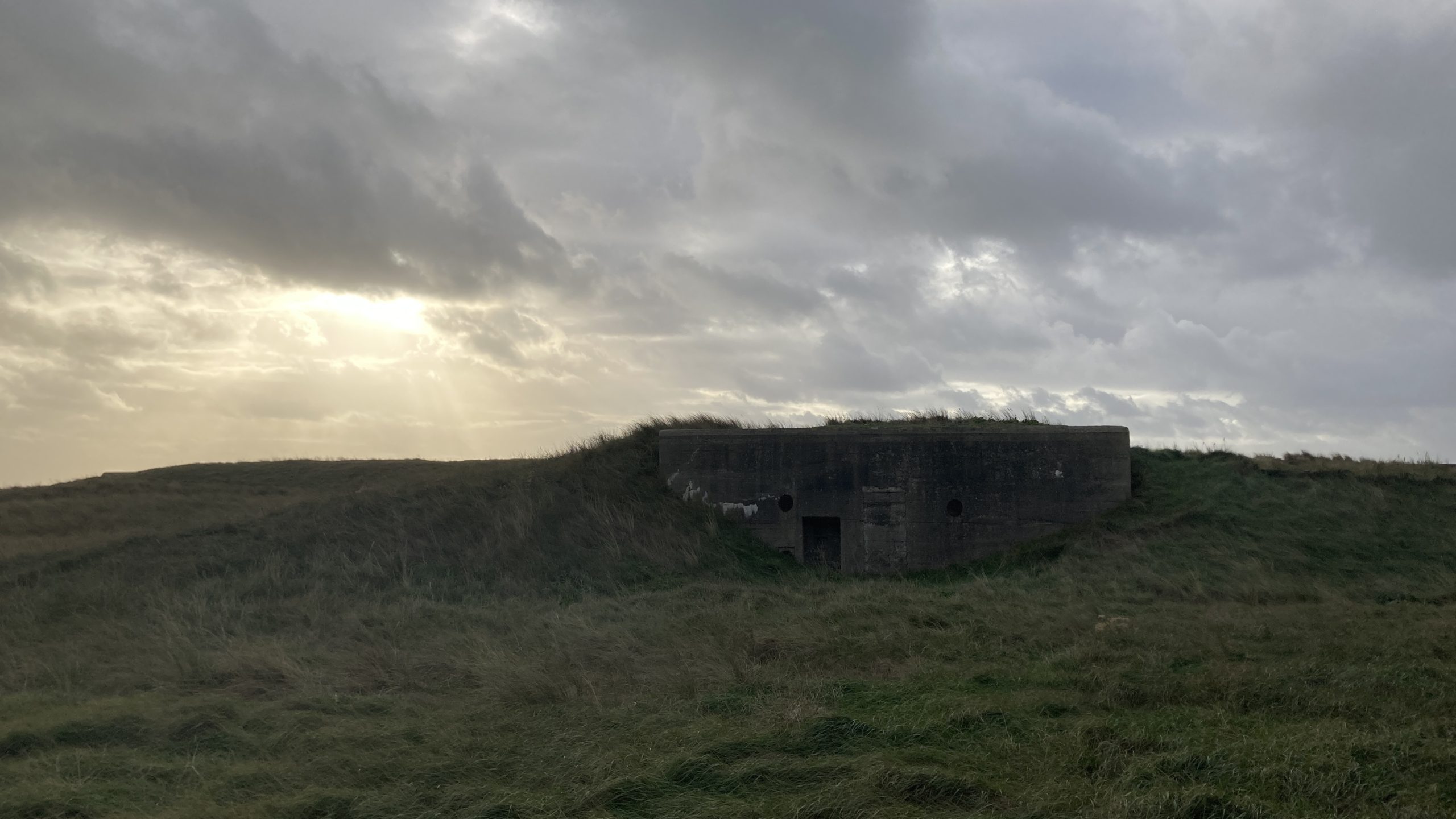
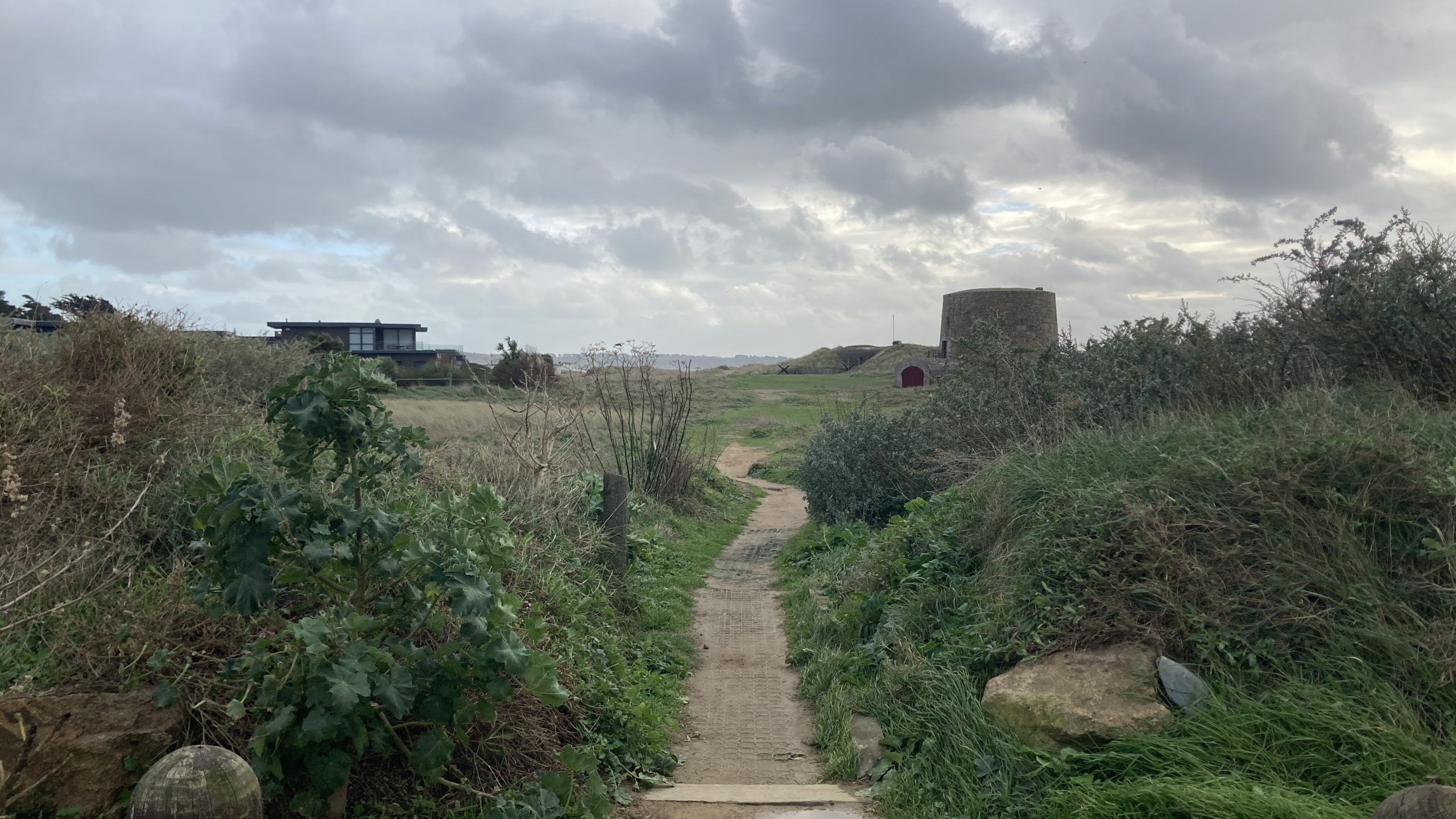

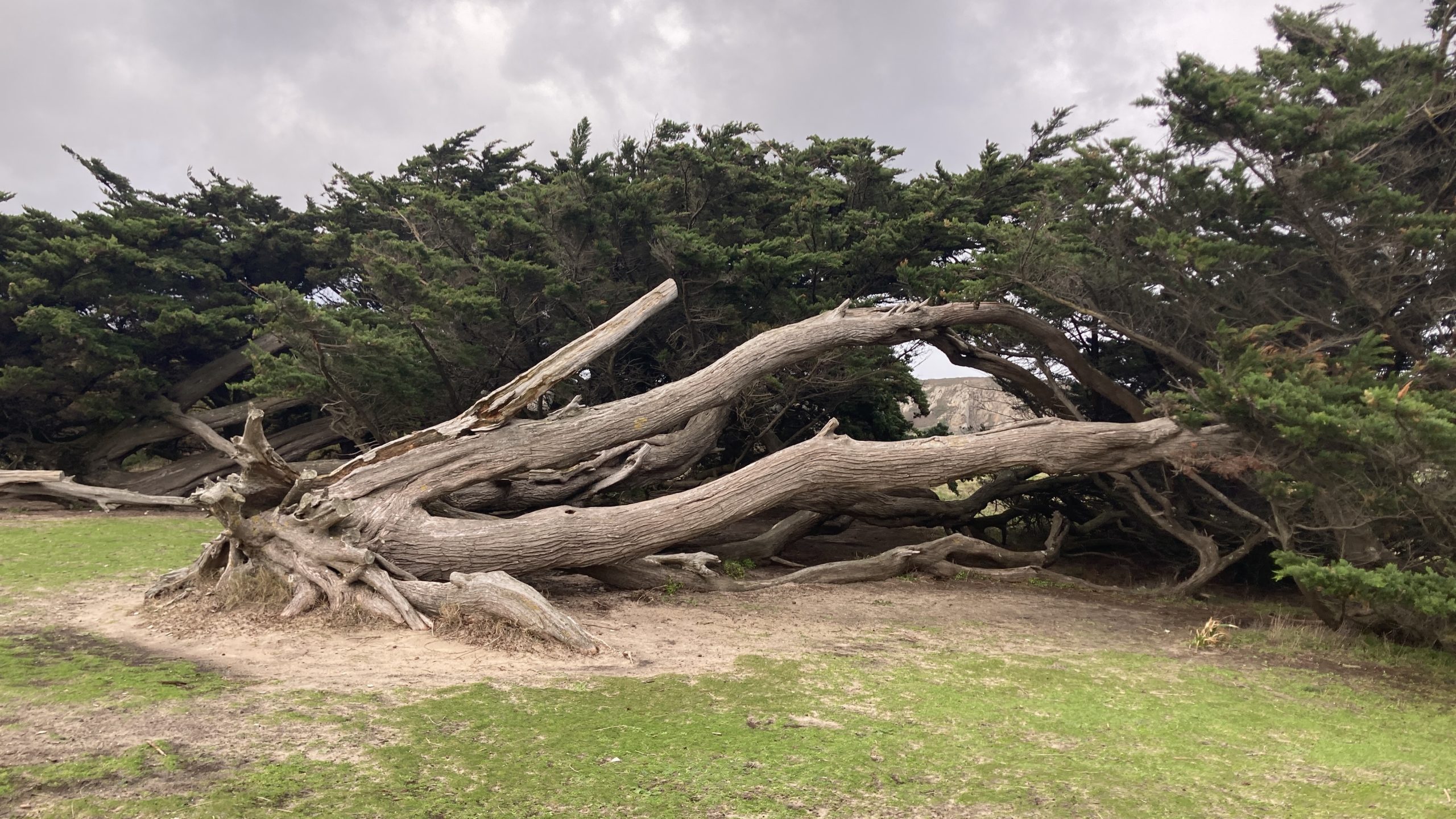


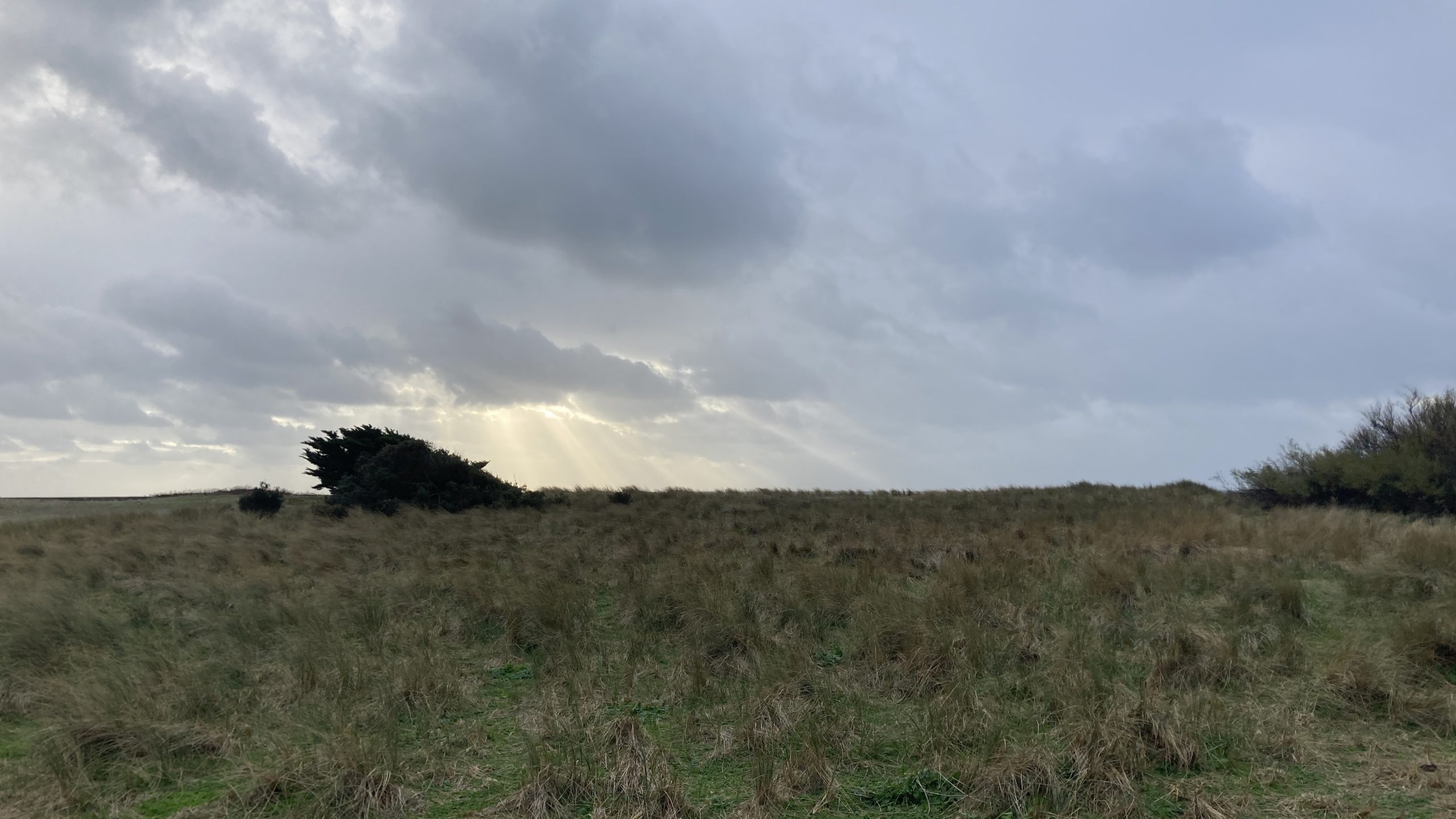
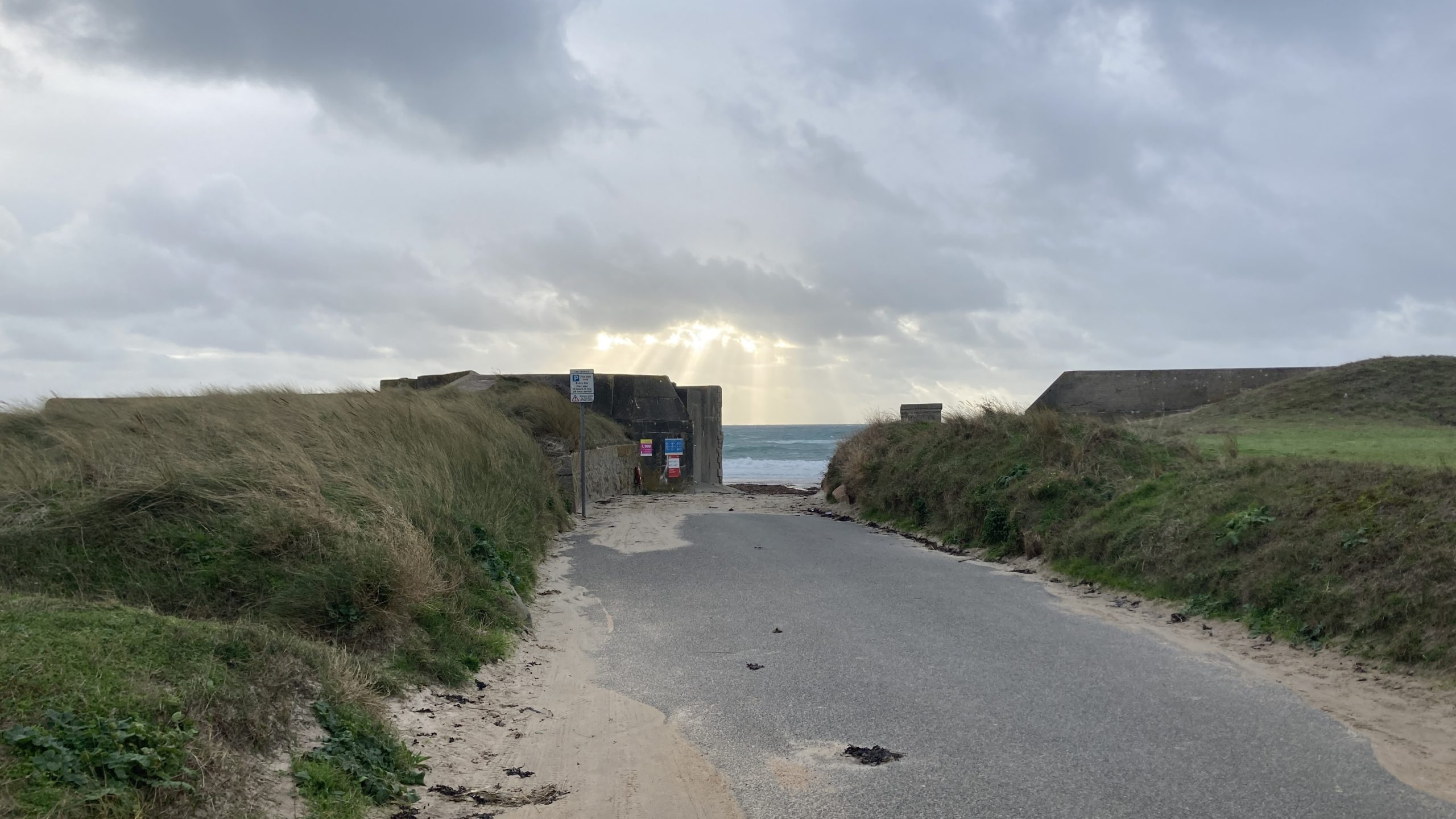
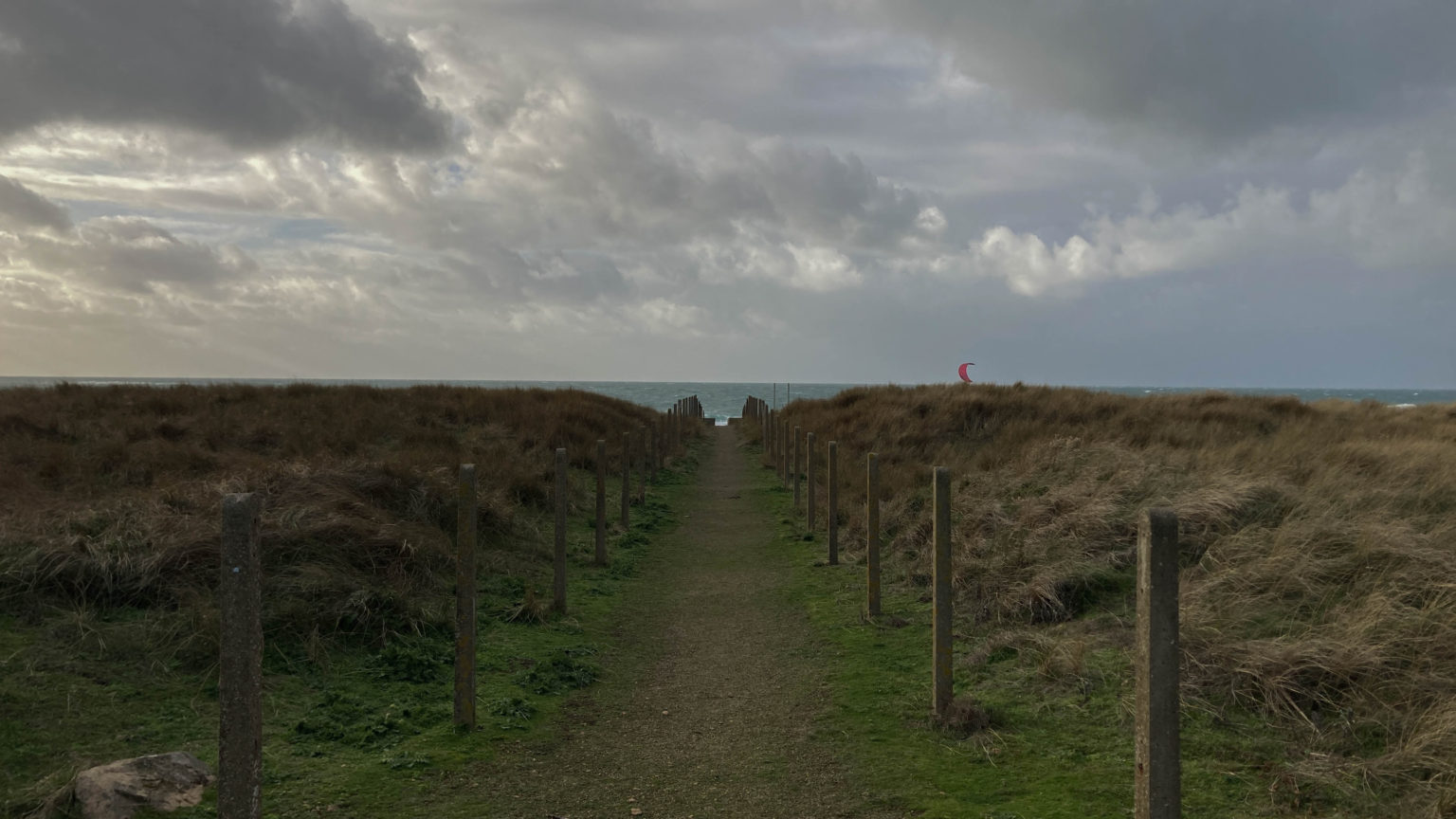
I really enjoyed editing these pictures, just as much as I did taking them. I think these photos were great and the lighting balance made them greater. My favourite detail seen in a handful of these is the sun rays shining through the clouds, if you look closely at most of the sky ones you will notice them too. I also like how the sun in some of these is very bright and everything else is very dark, which adds a lot of contrast and shadows which I really like and the clouds add so much more, it adds more detail by making the image feel more dramatic and more complex. I also like the perspectives of some of these, with the casual looking perspective that anyone could view the sky from. It makes what’s in the photos feel like a more normal occurrence for anyone to enjoy which I like. Most of these also contain elements in the foreground and background, the usual is things like bunkers and bars included in the foreground and usually the sun shining in the background, which makes the photos feel more alive and active as the inclusion of these elements makes you think there is other things happening at the time of the shot. Some photos that contain things like the clouds and the tall grass creates some visible texture, you can see the details and grittiness it adds to the photos which makes them so much better.
John Constable was born in Suffolk, England, and is mainly known for revolutionising the genre of landscape paintings and Romanticism and the Sublime.
John was never financially stable throughout his life, even though now his paintings are considered some of the most popular and expensive in British art. He attended the Royal Academy of arts at the age of 52, then further went on to sell most of his art work in Franc where his art was most embraced.
Most of John Constables paintings were based around where he live/grew up.
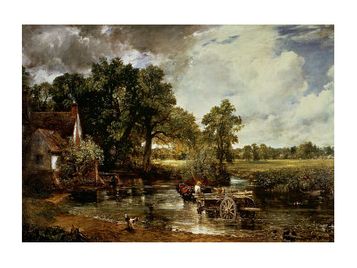


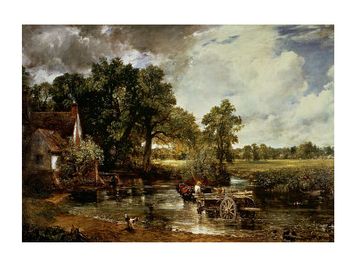
This painting depicts a rural scene on the River Stour between the English counties of Suffolk and Essex.
A hay wain is A large open vehicle, drawn by horses, used to carry loads of hay; a haywagon.
Constable’s father owned 90 acres of land surrounding this painting, this further shows how John was privileged and from a upper class family. Yet his paintings include people from a working class background which seem to be working hard to gain an income
Constable’s decision to paint these scenes was an emotional reaction to a crisis beyond his control, and probably understanding. He painted images that he saw in his mind, drawn from his happy childhood days. His attachment to such images of the nature of the countryside never ceased in his life.
John Constable
Johns was a good landscape artist who believed closely in painting his own personal or preference of places. In fact he was very good at it for his time, as his paintings also represented a story you could say. For example:

This is one of his famous landscape paintings, where he presents a whole picture of farm life in the 18th century. With a deeper meaning to the painting being the growing tension between farm land owners and their workers.
This painting alone shows a peaceful day, where one of the workers is cooling off a horse next to the small farm owners house. I like how in his landscape he presented the whole image. Like the trees close up on the left with a small house, then the main “action” you could say is at the front, in a pond, and the fluffy clouds on the right. It literally paints a picture / feeling to the setting.
During 1821 there where some machines but not many, and what interest me about this painting is that there is very old fashioned, objects painting, very natural equipment. This could link John Constables painting to Romanticism, as he had also said that, “painting is another word for feeling” and feelings where the main “objective” you could say for romanticism.